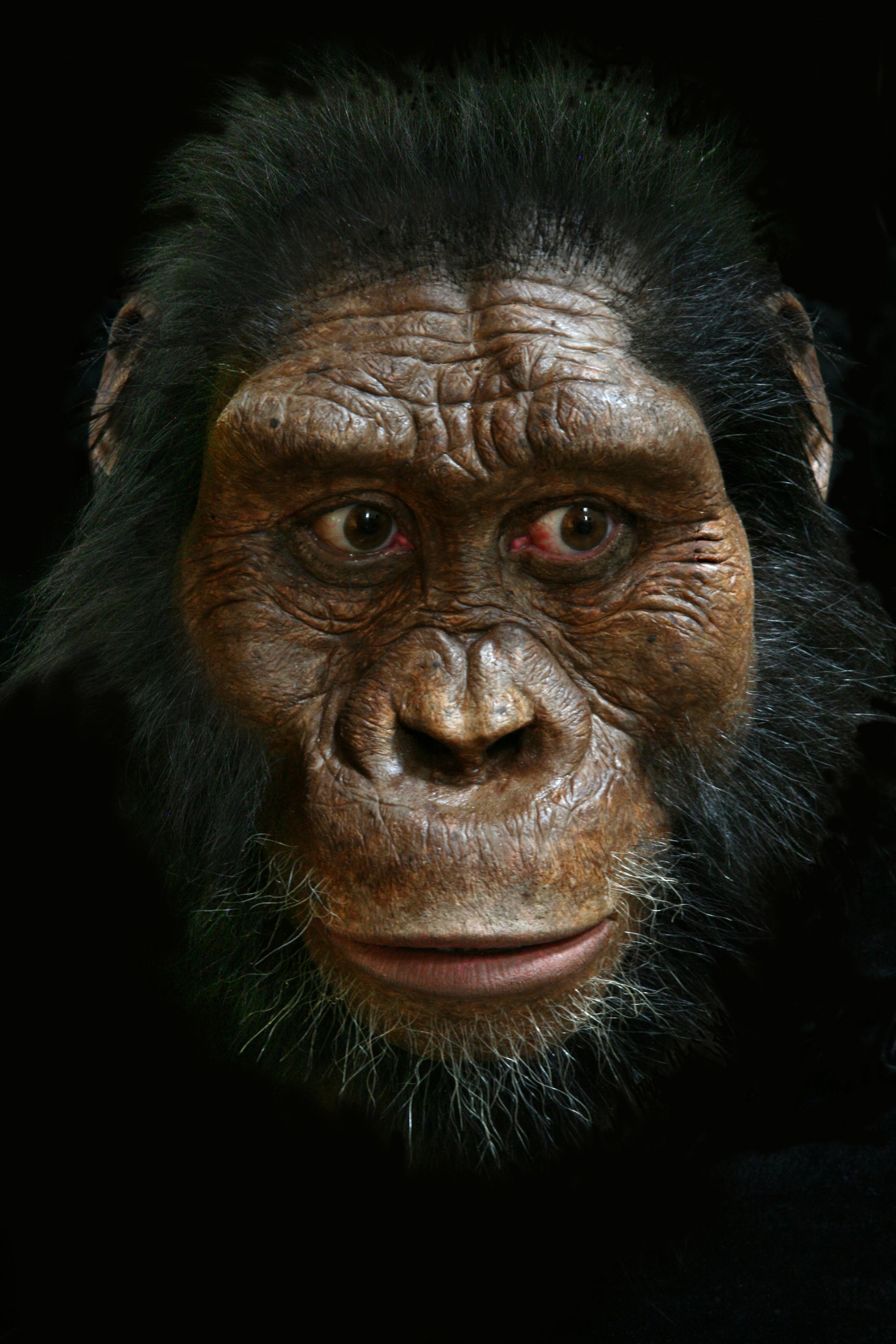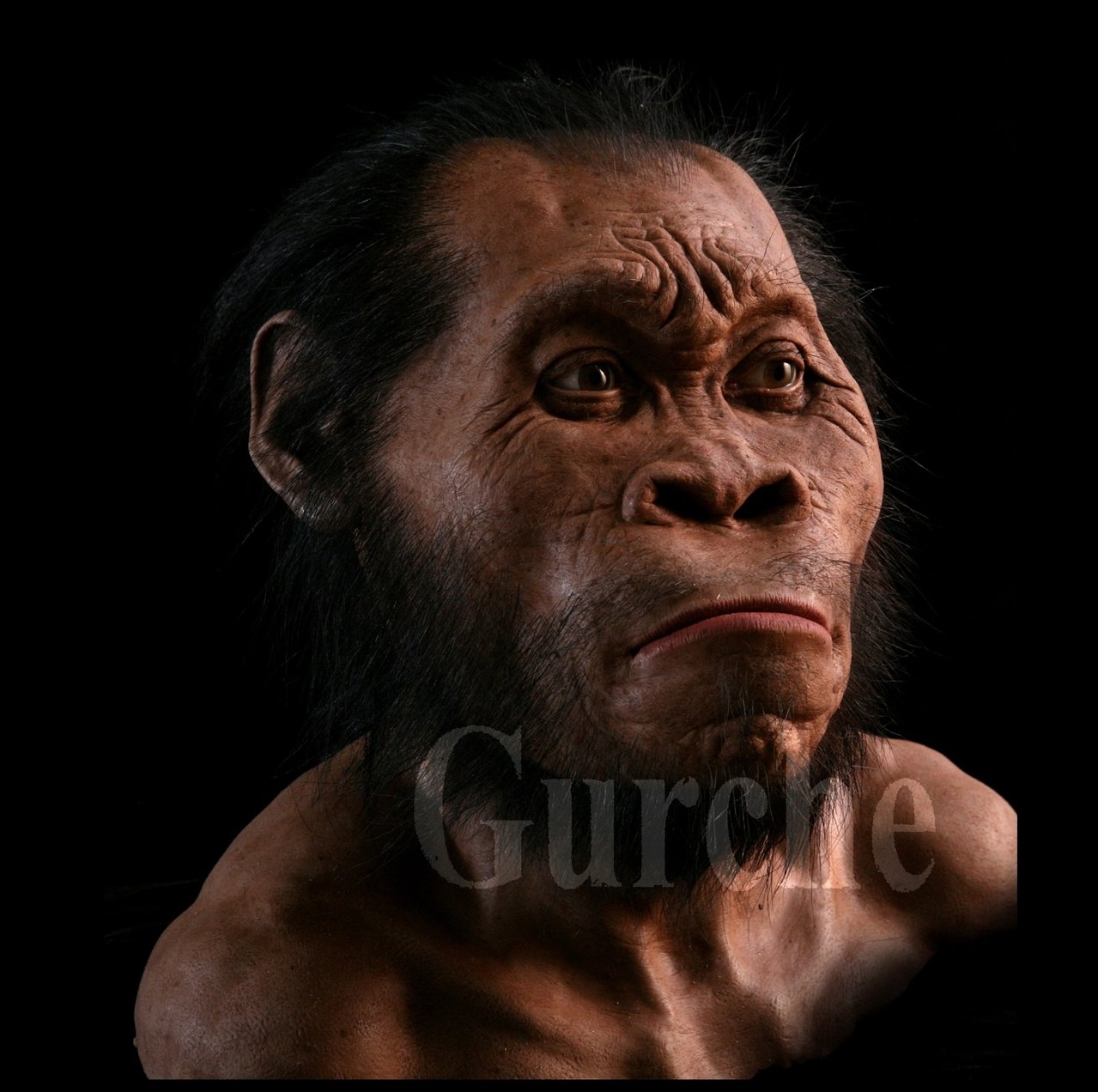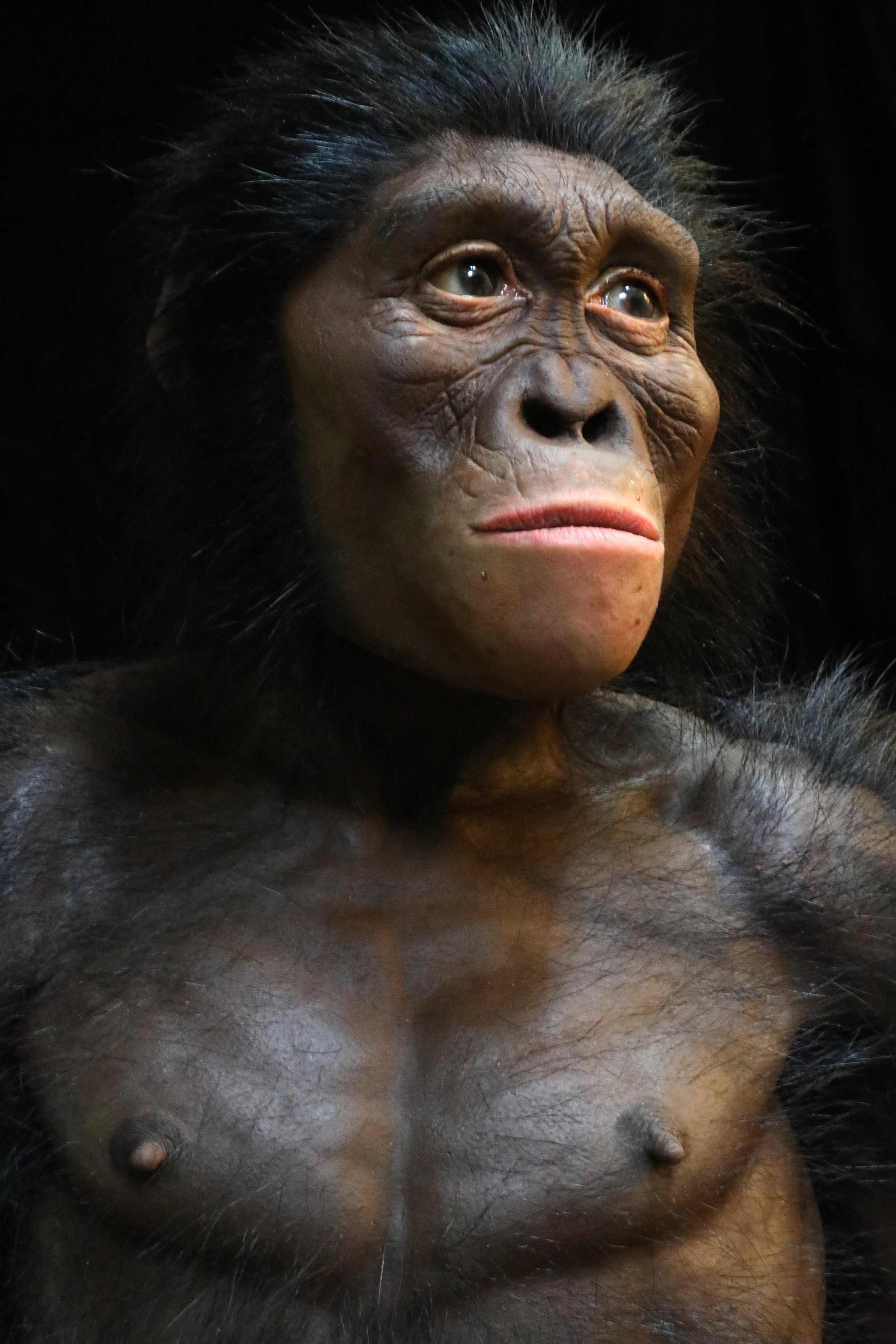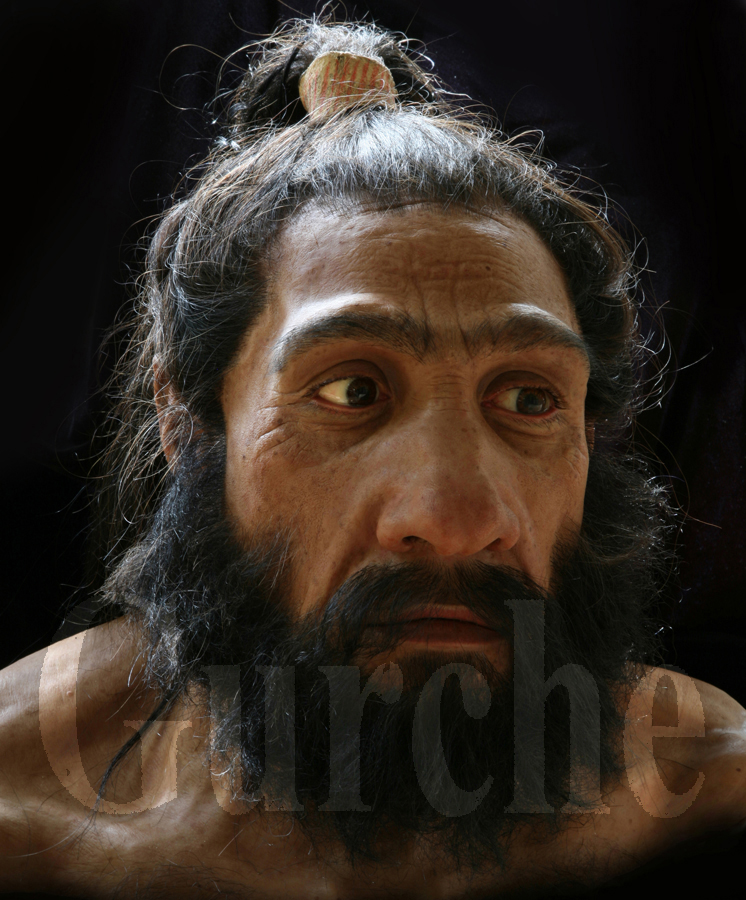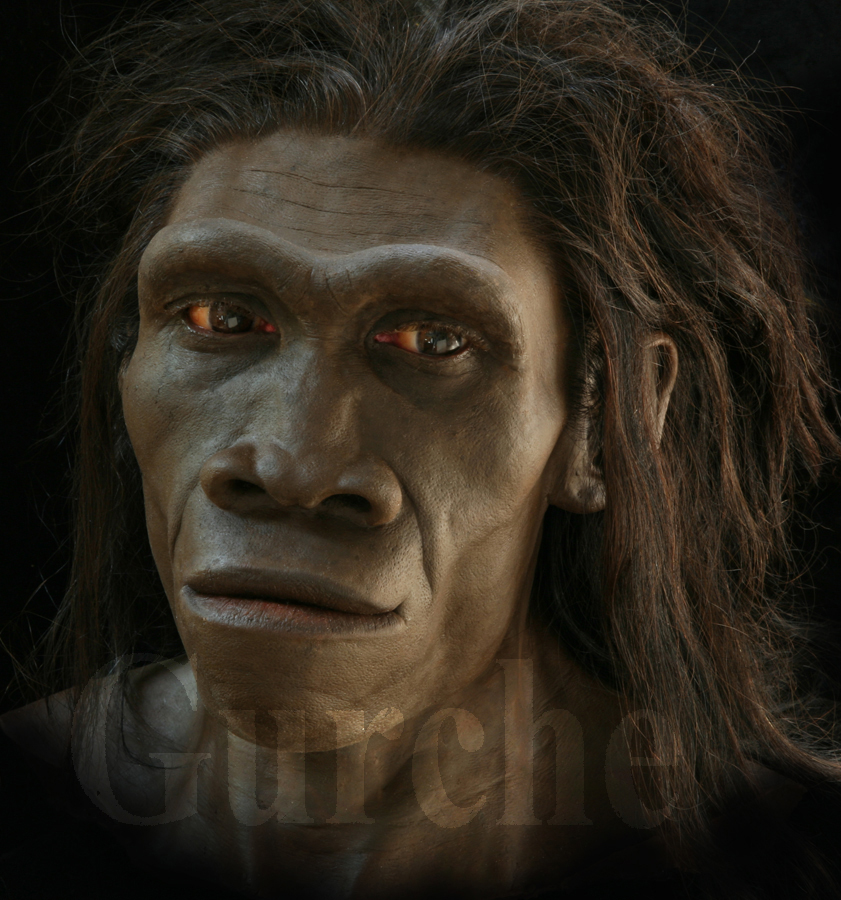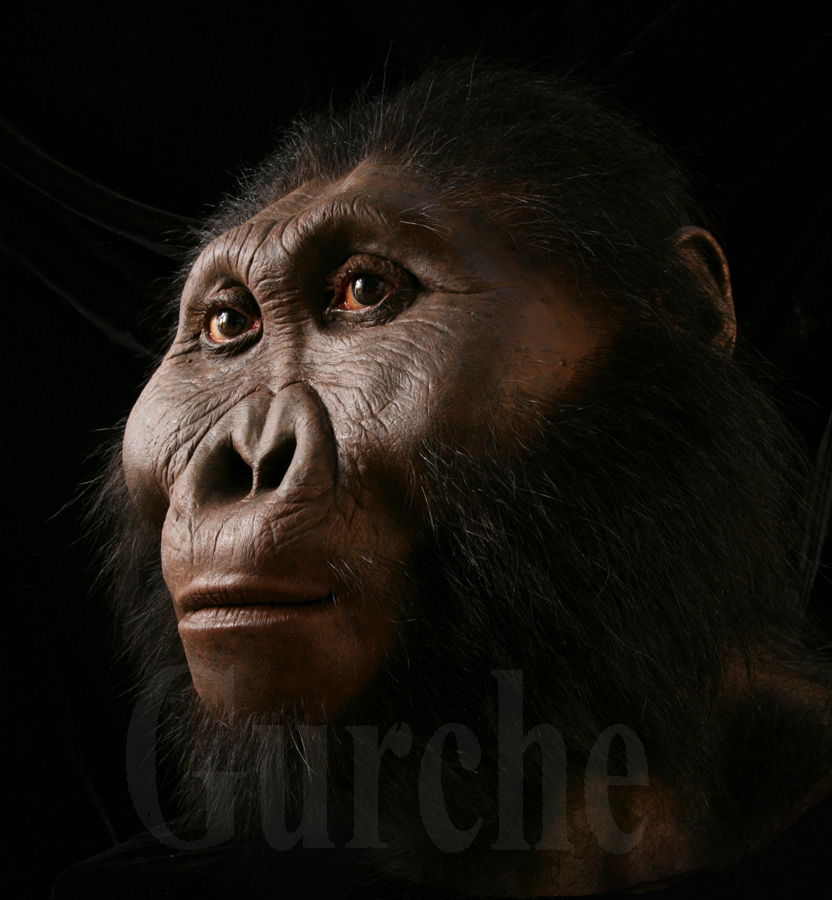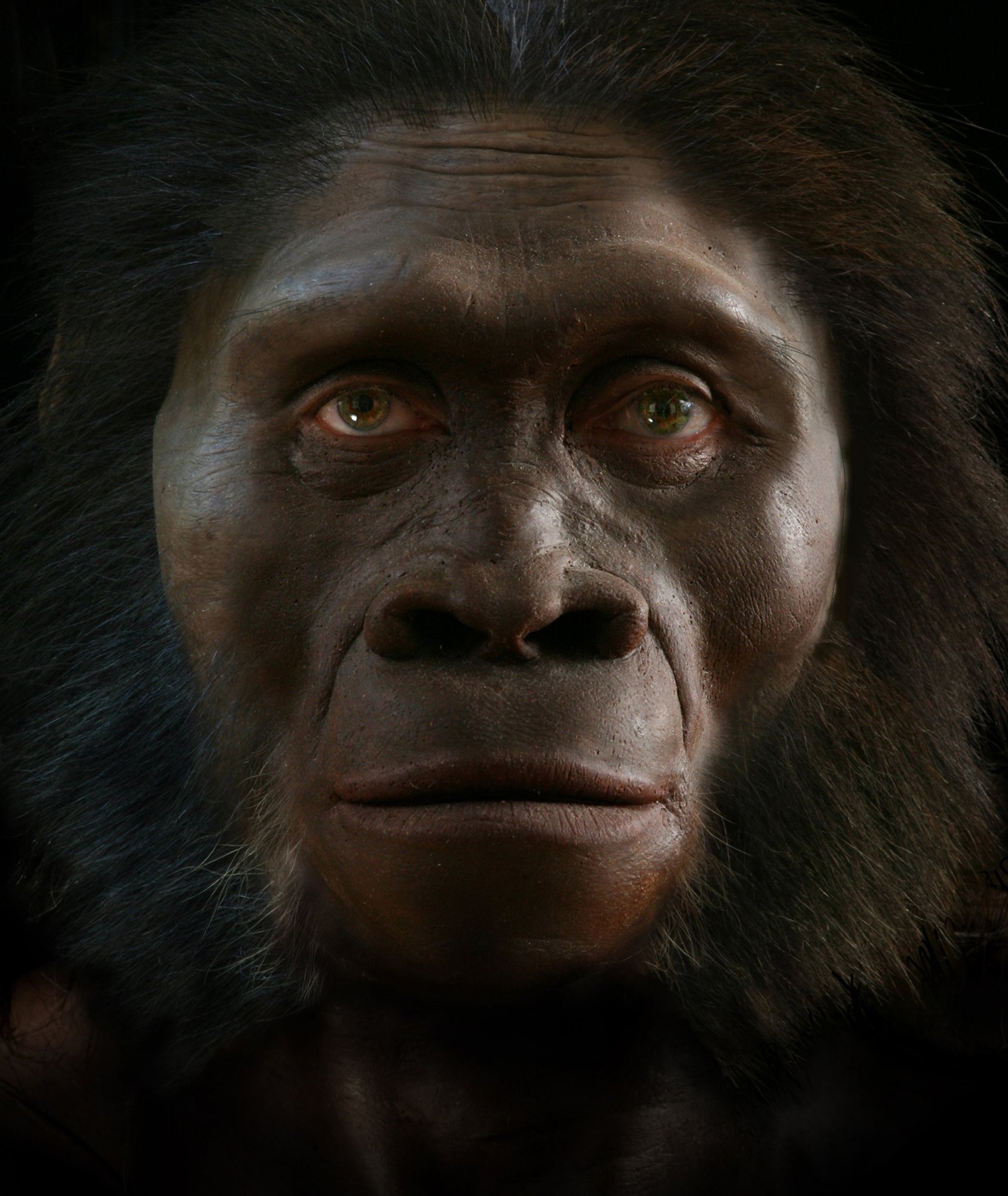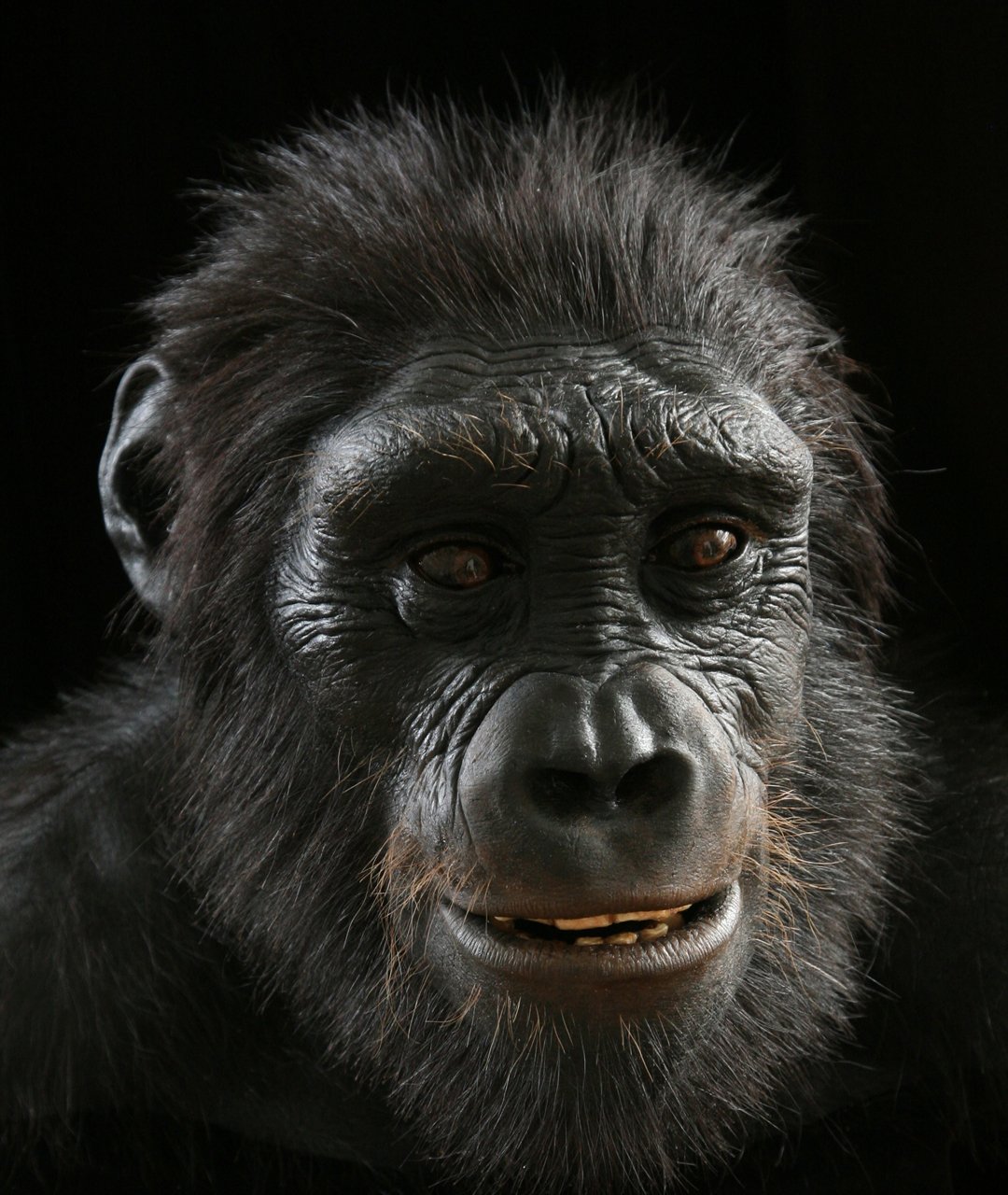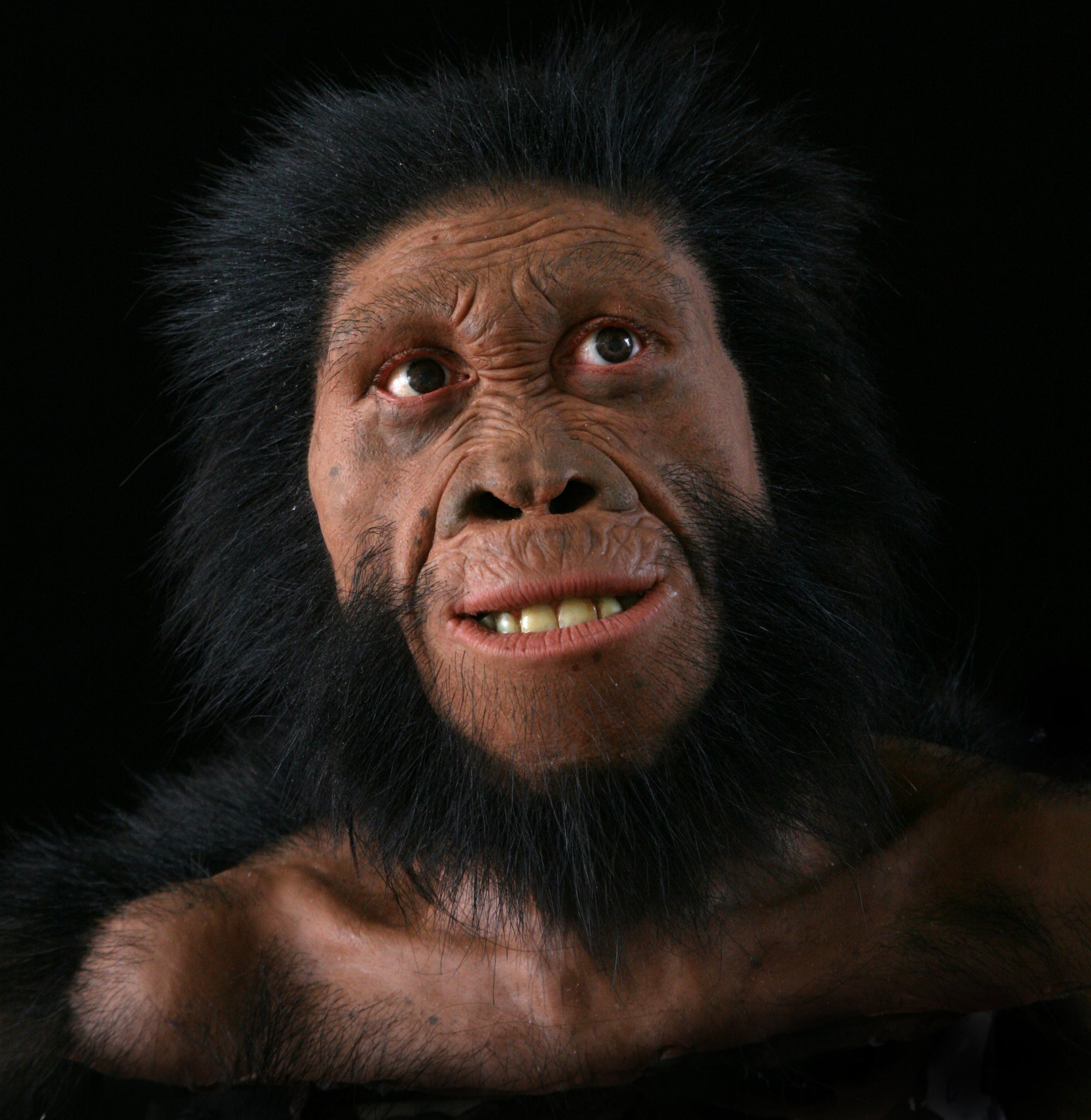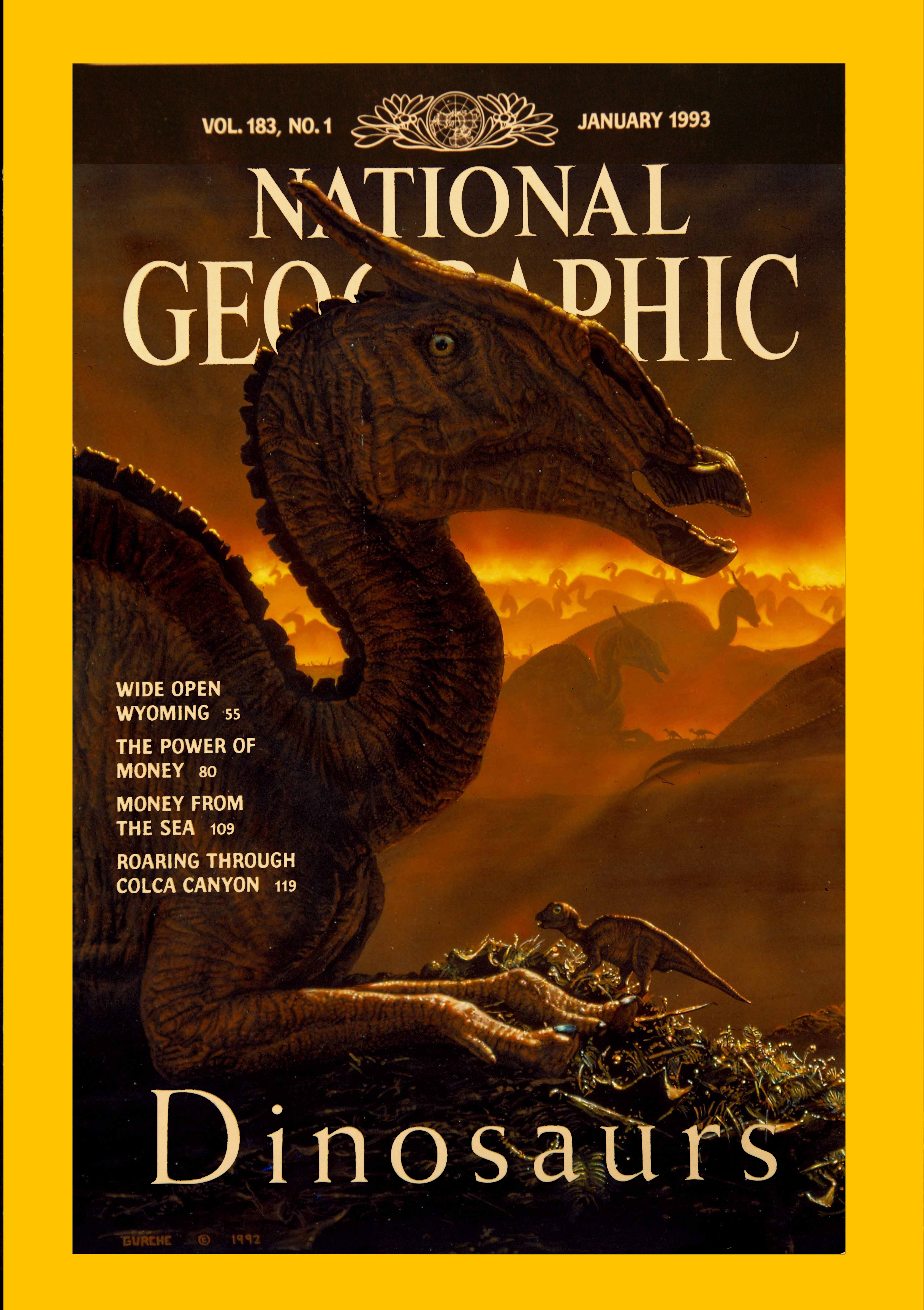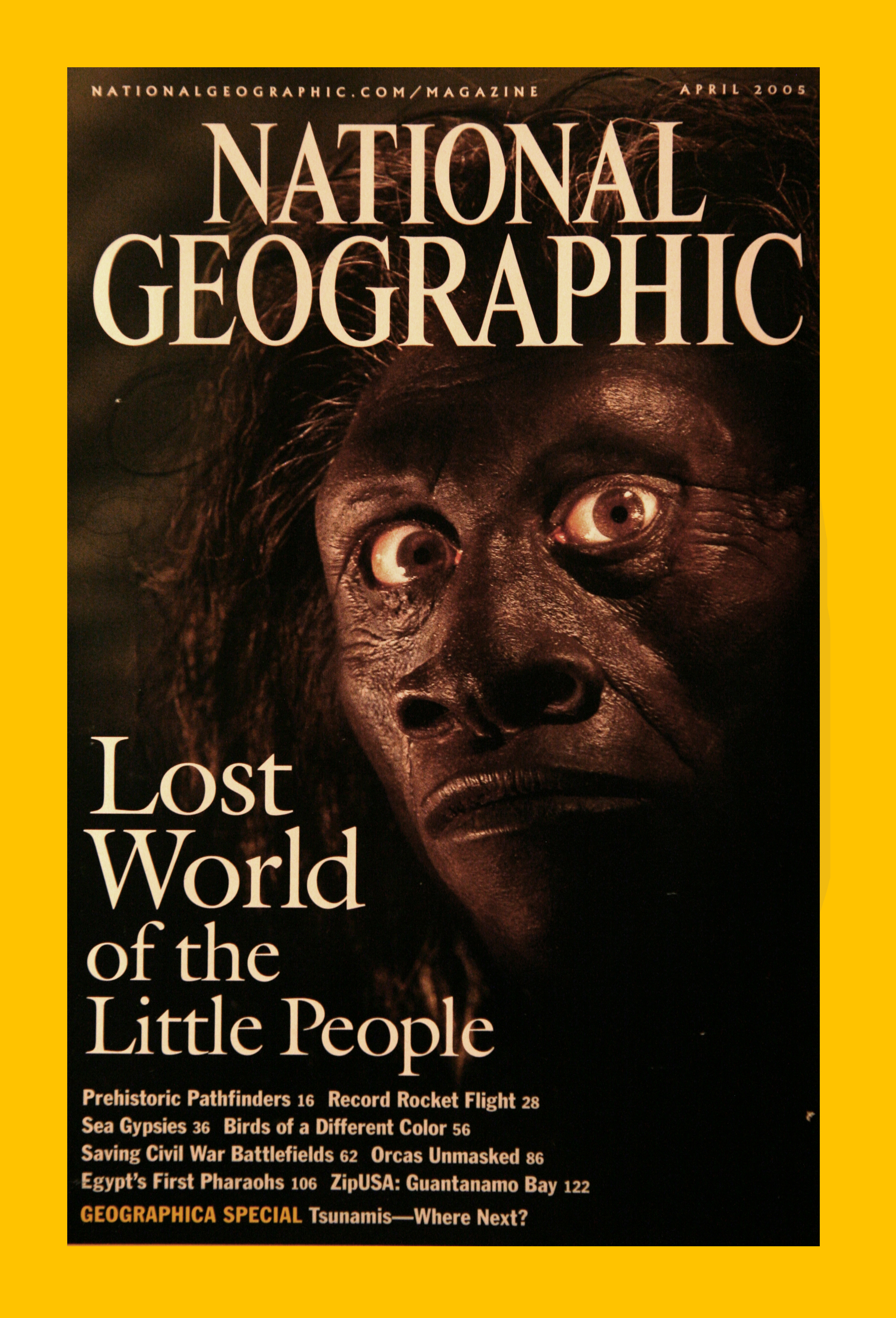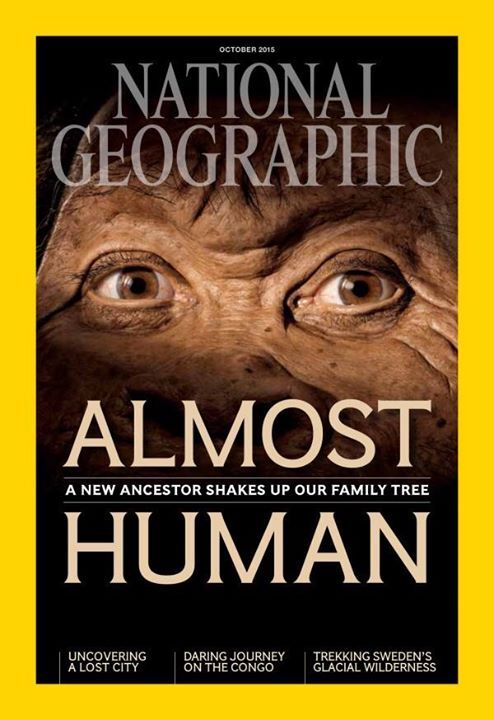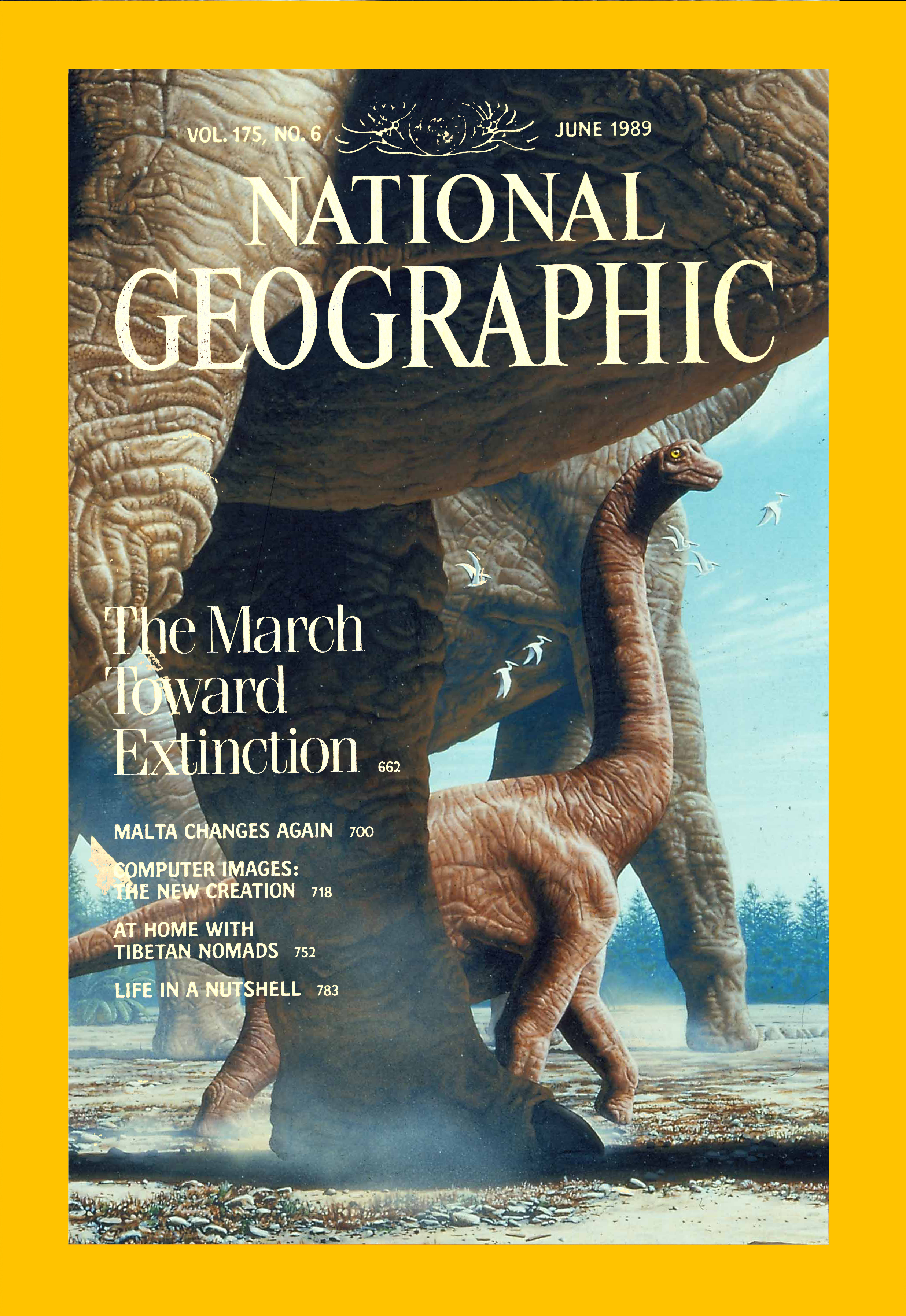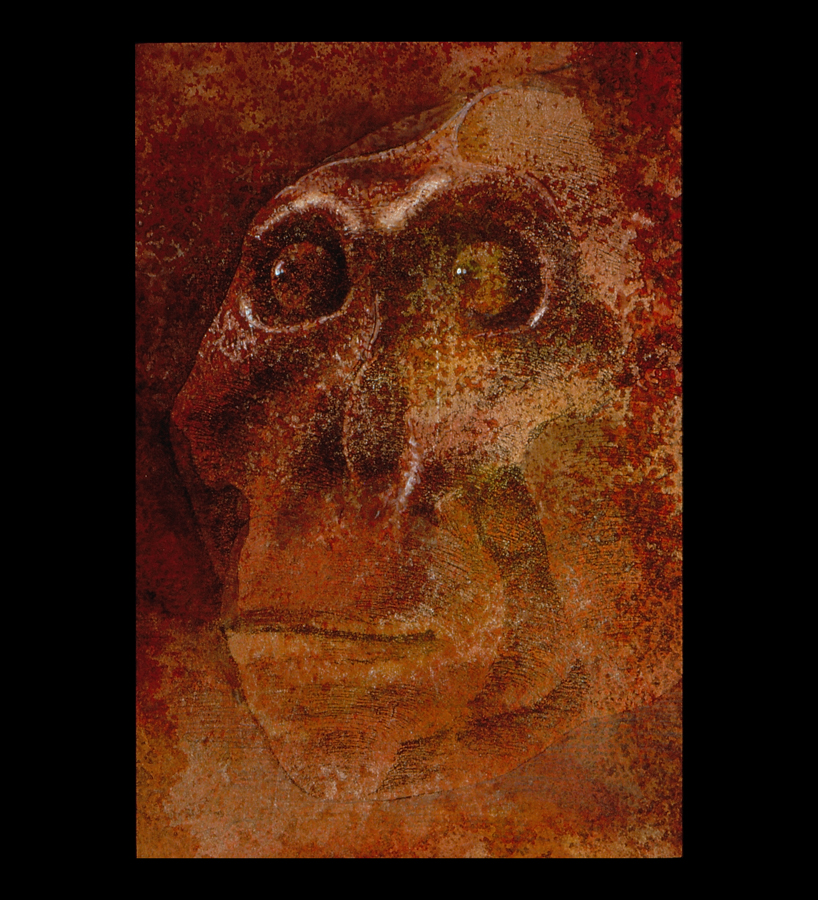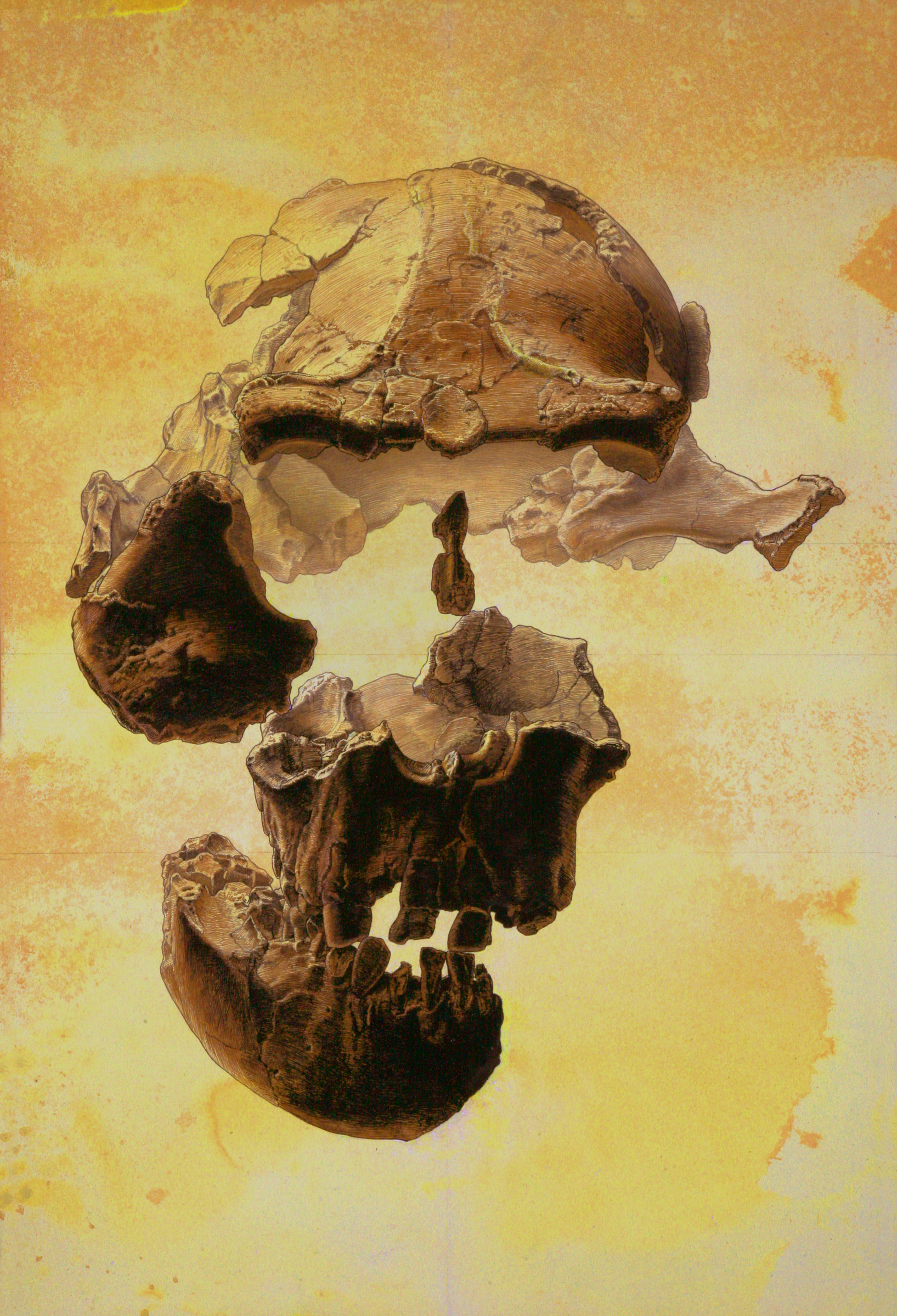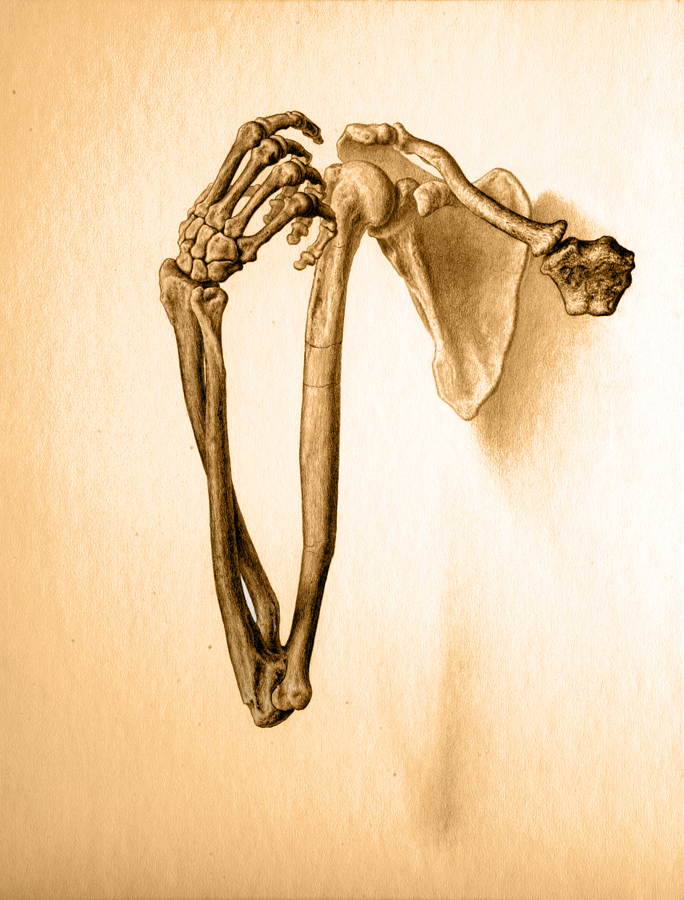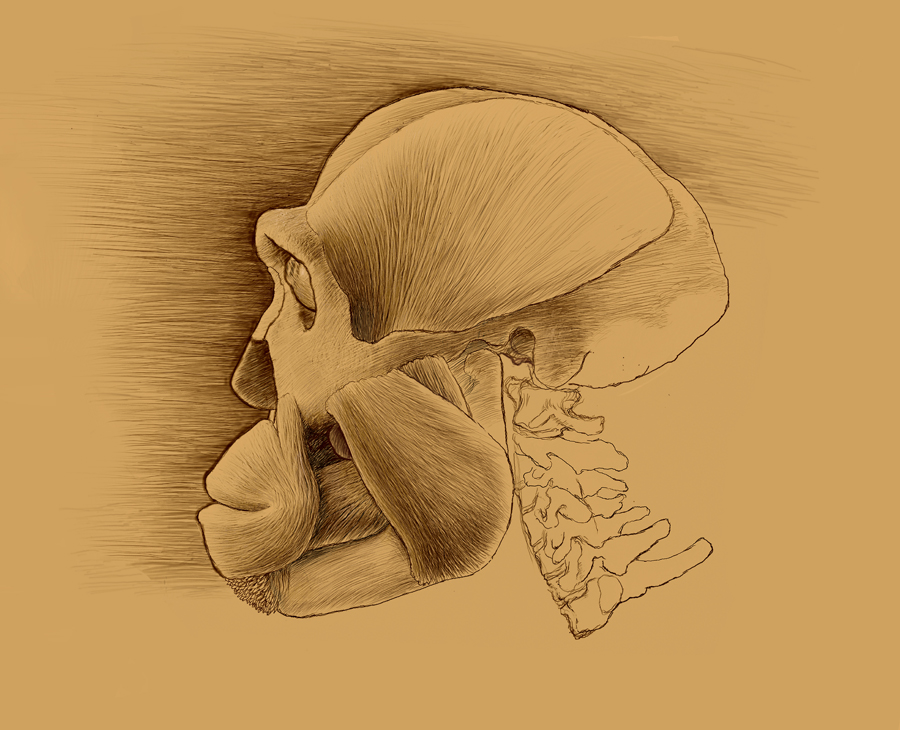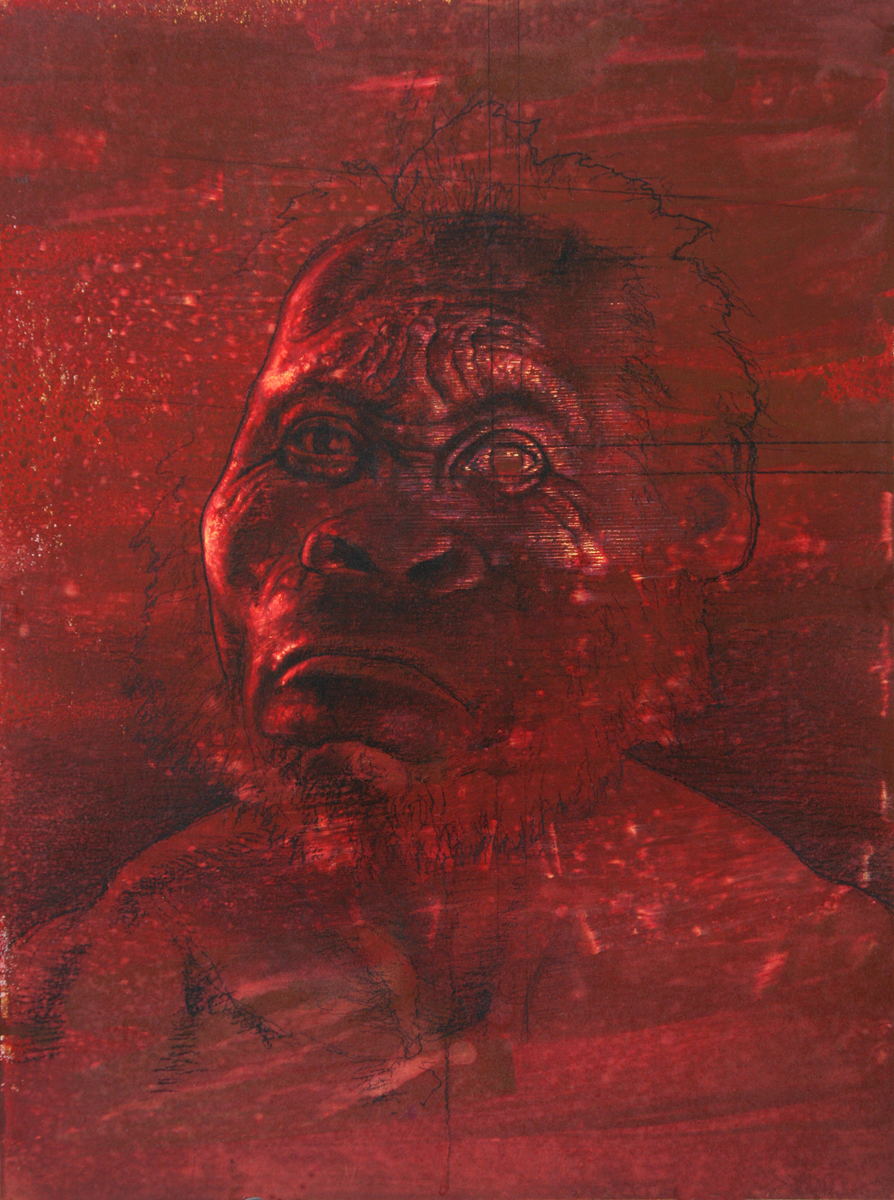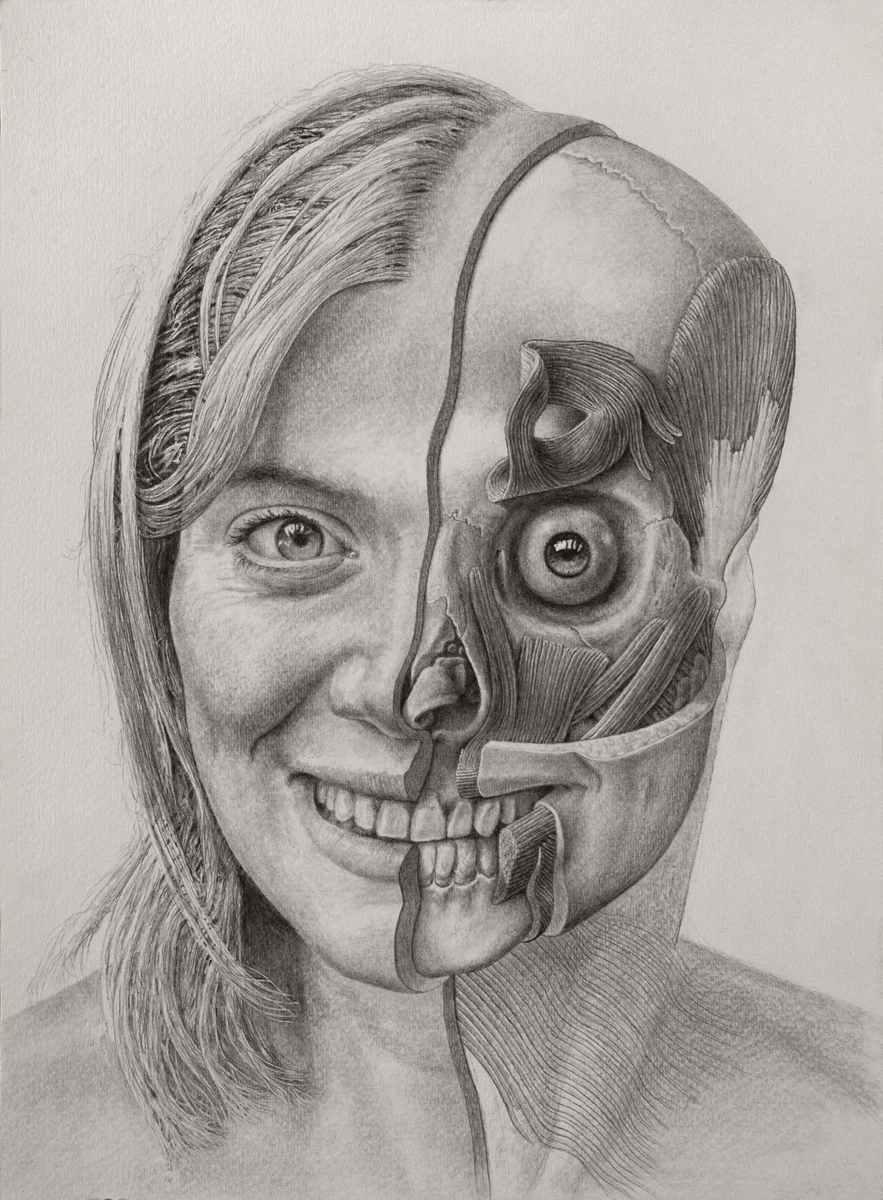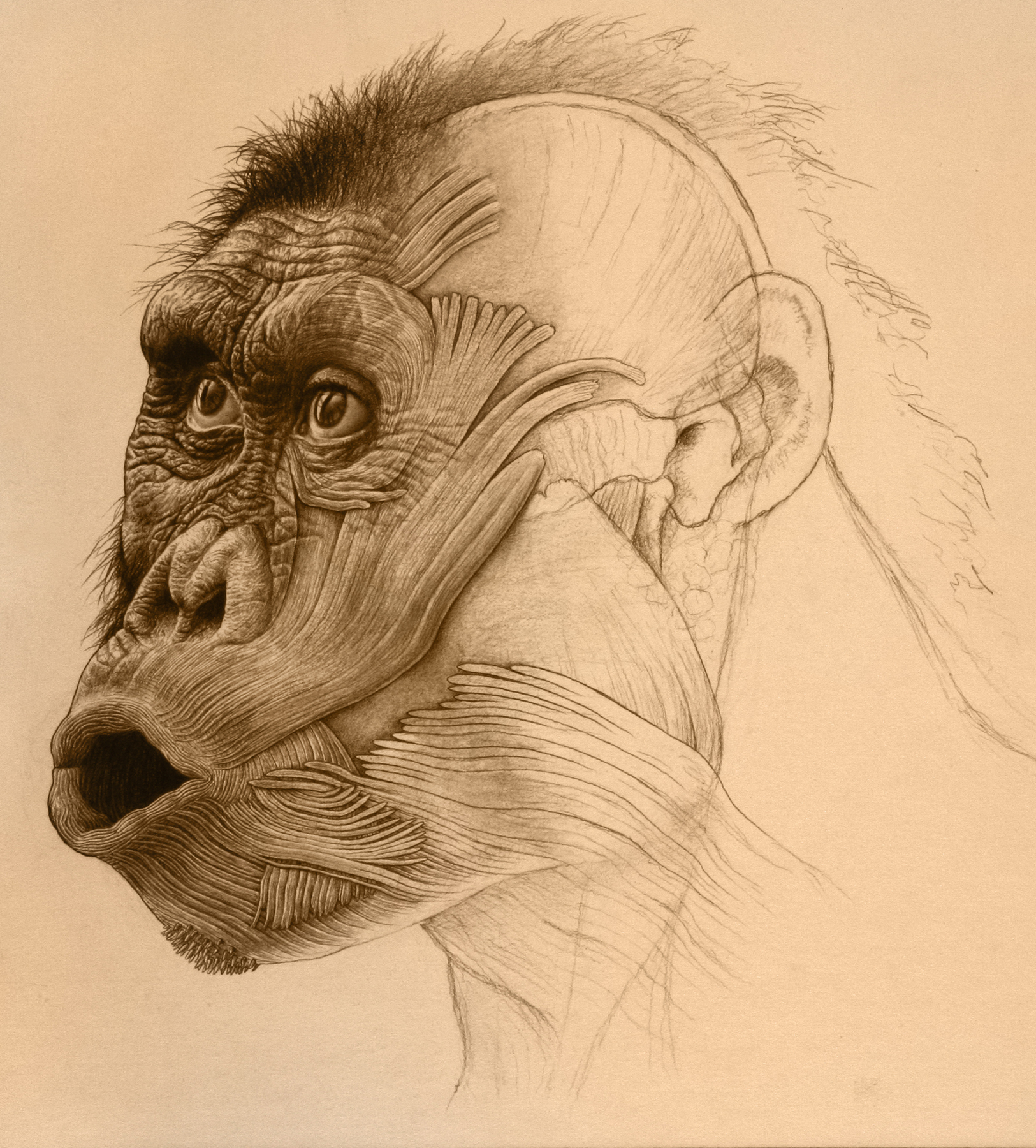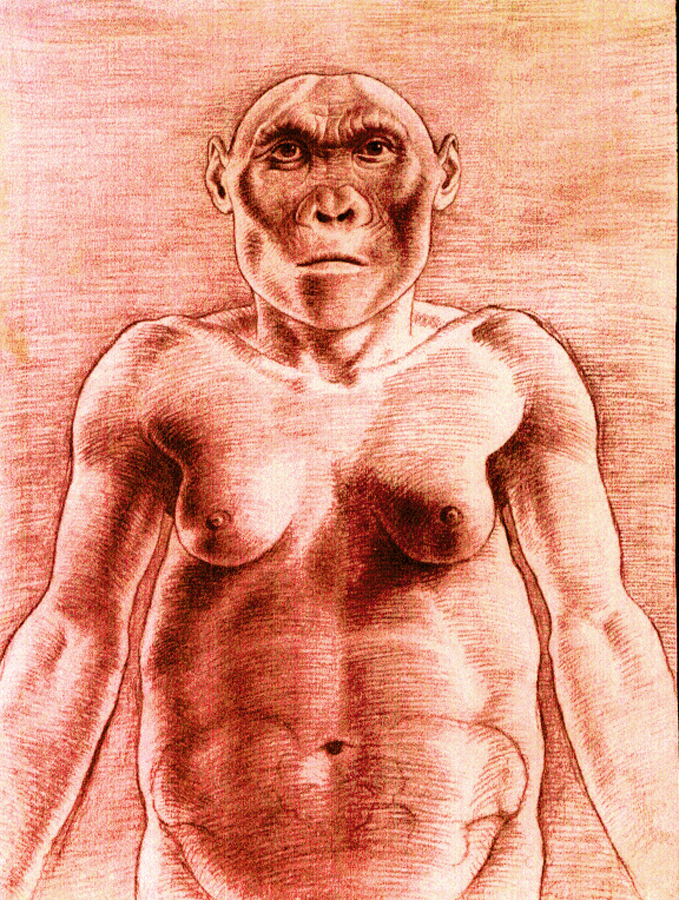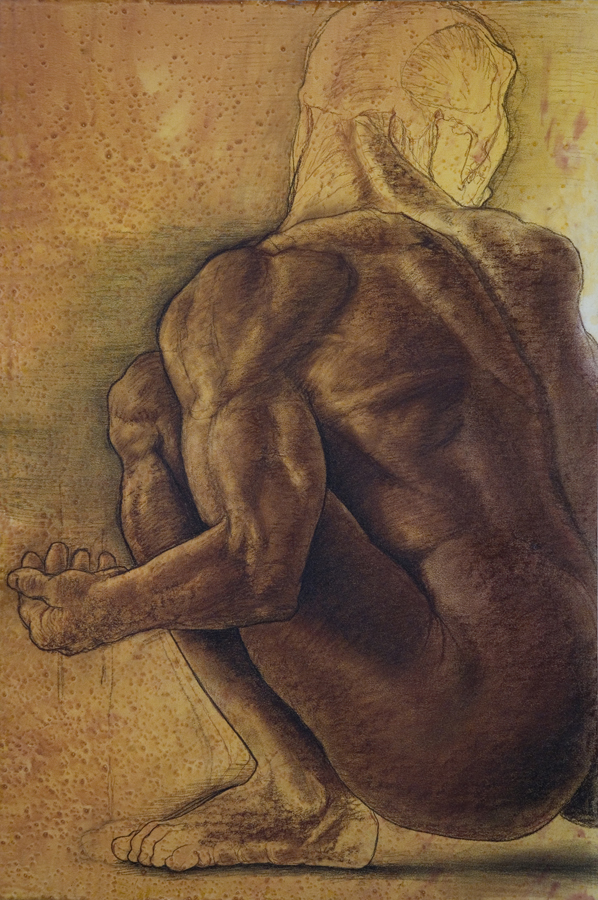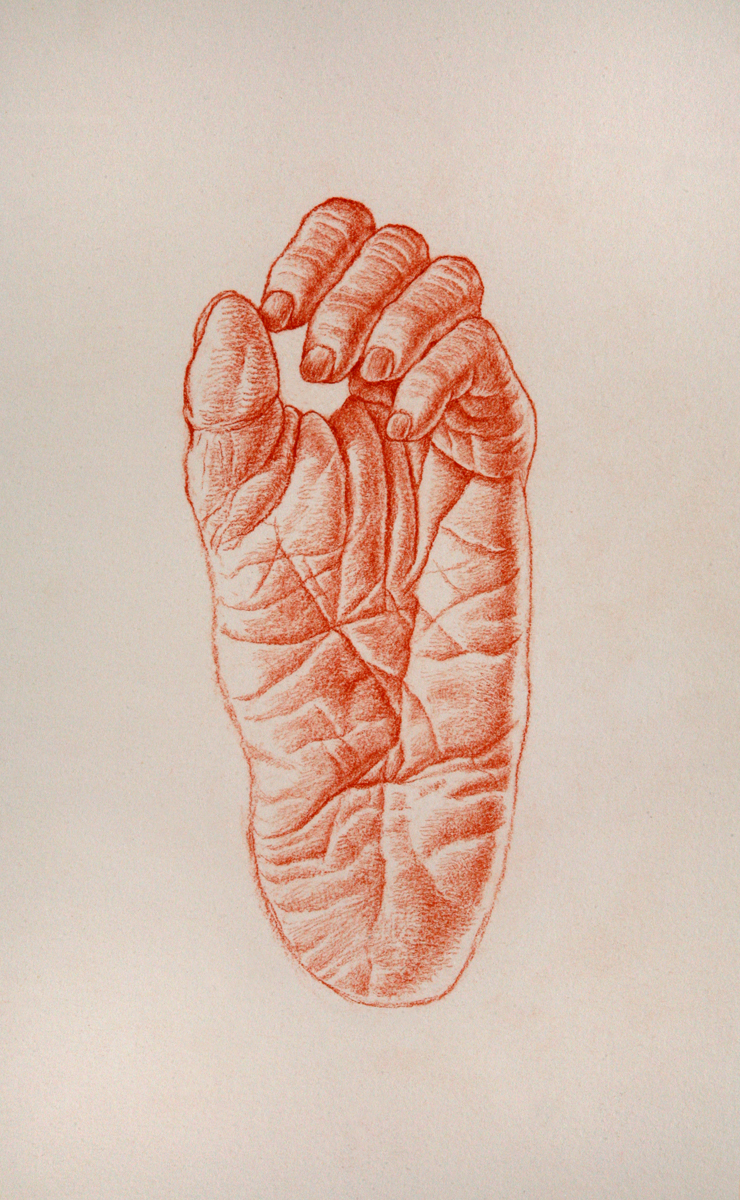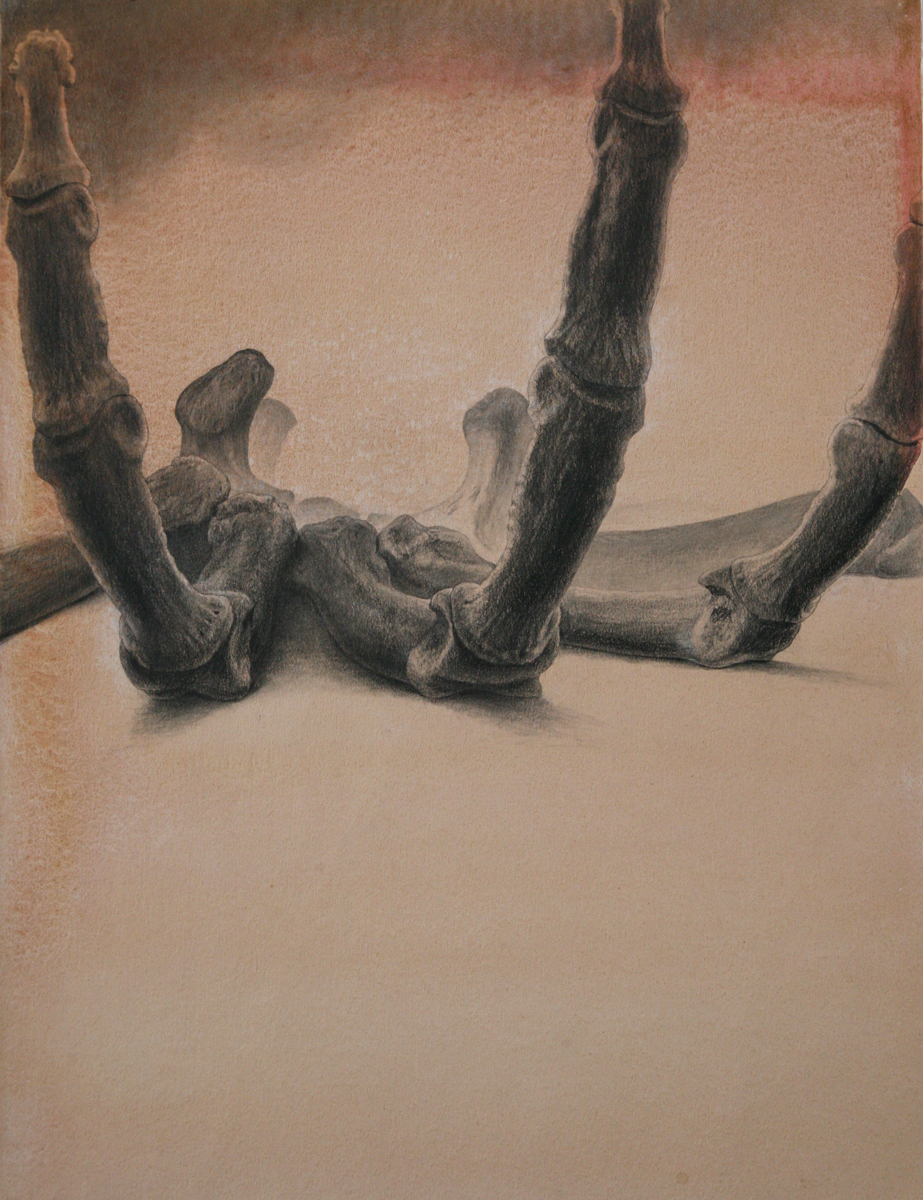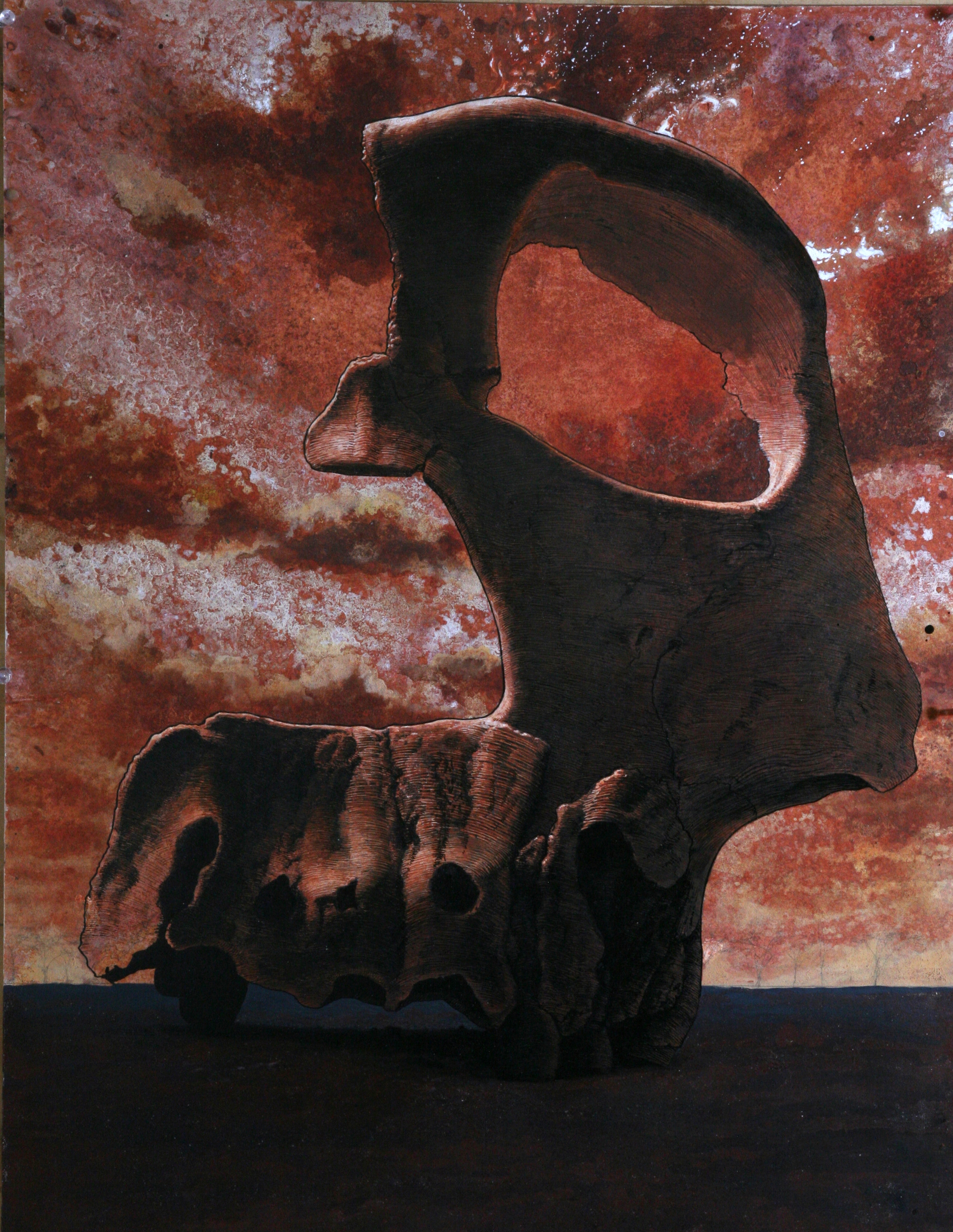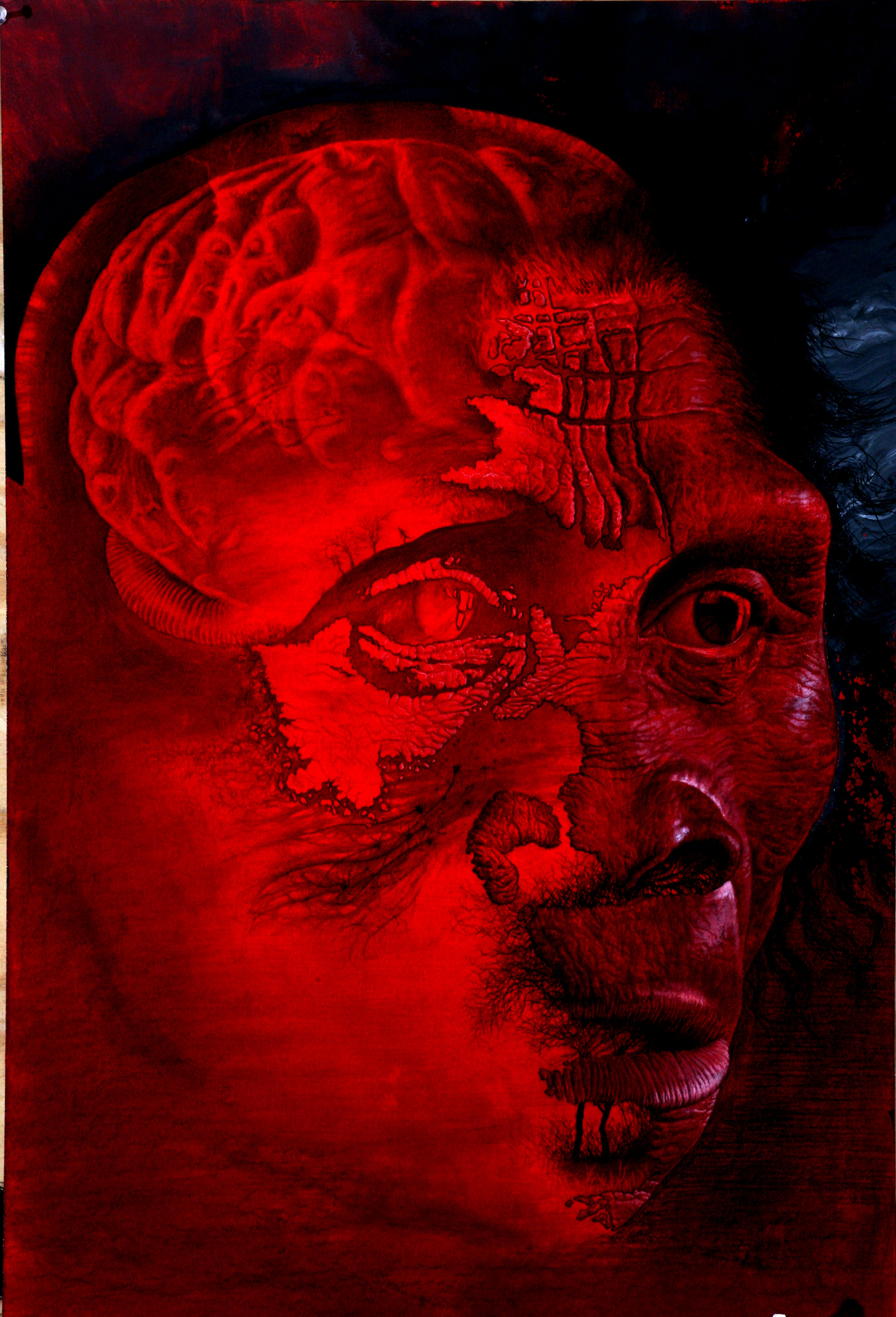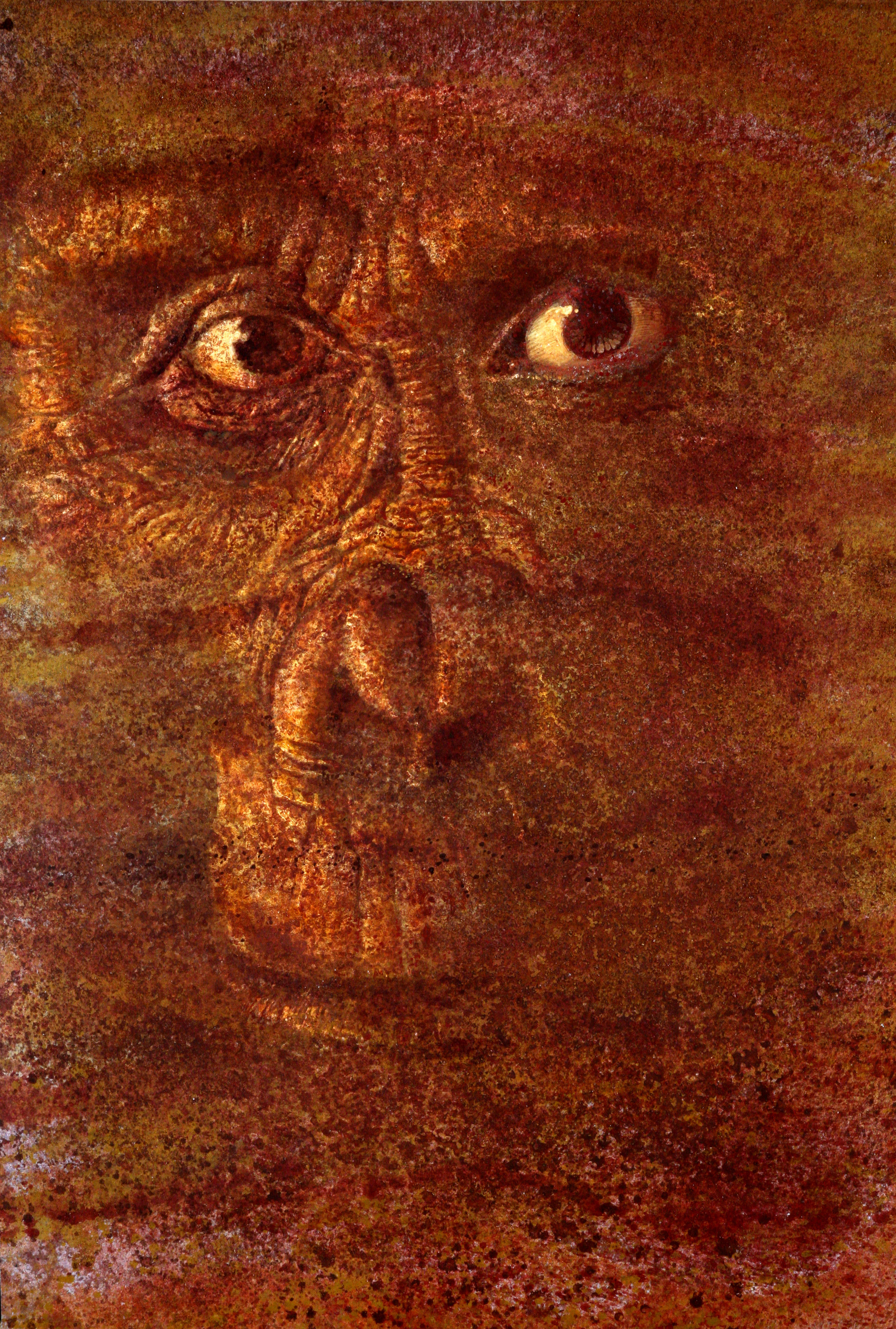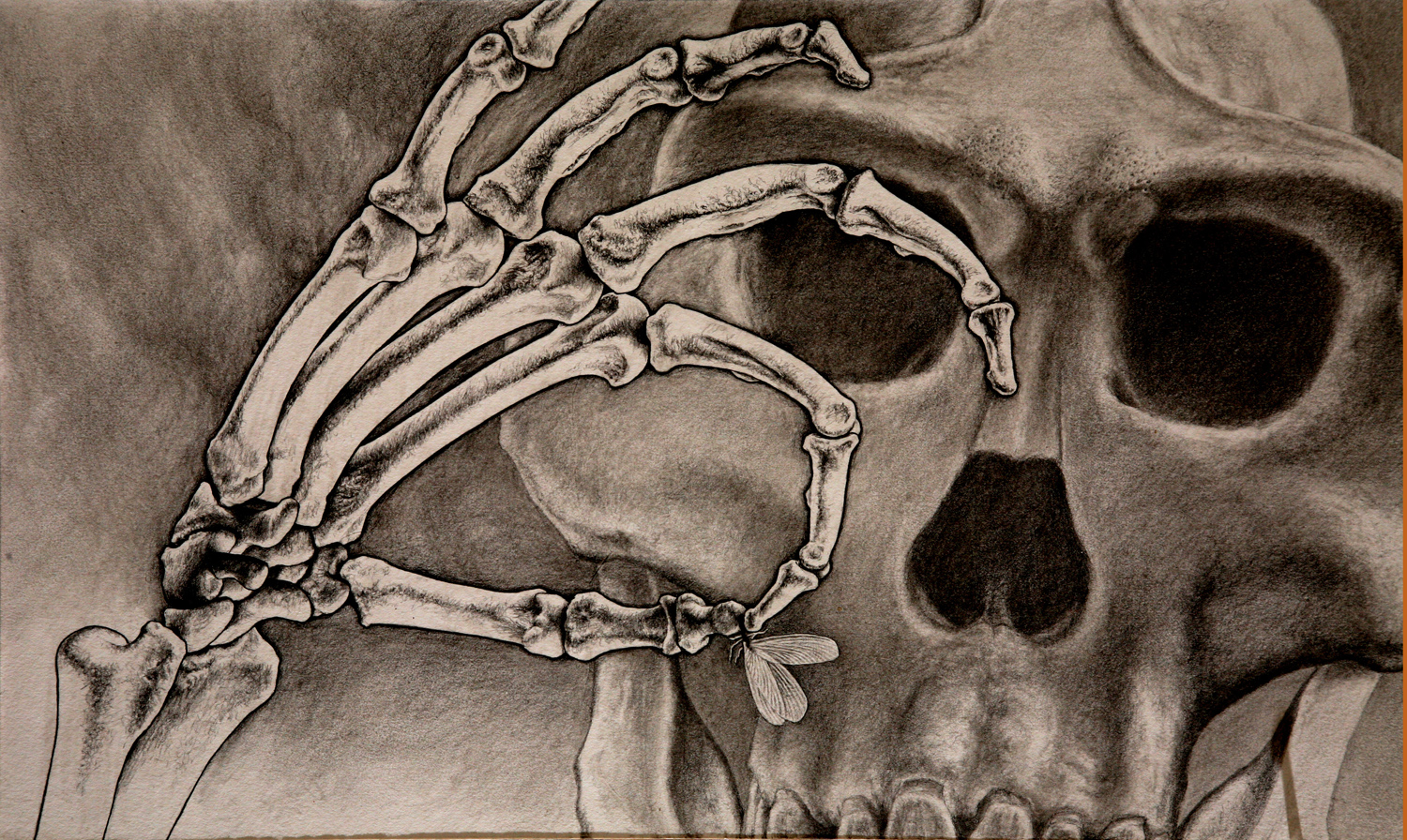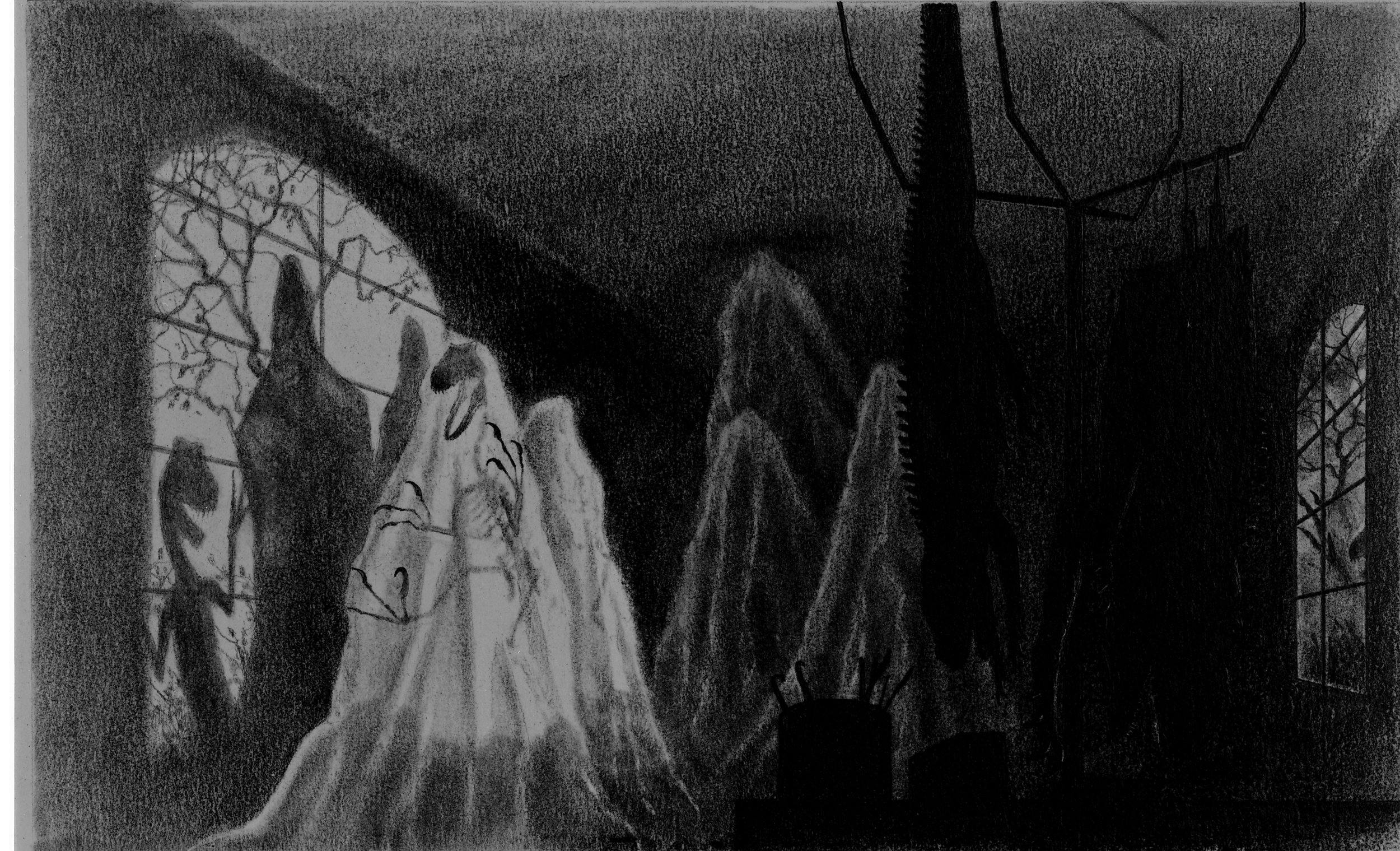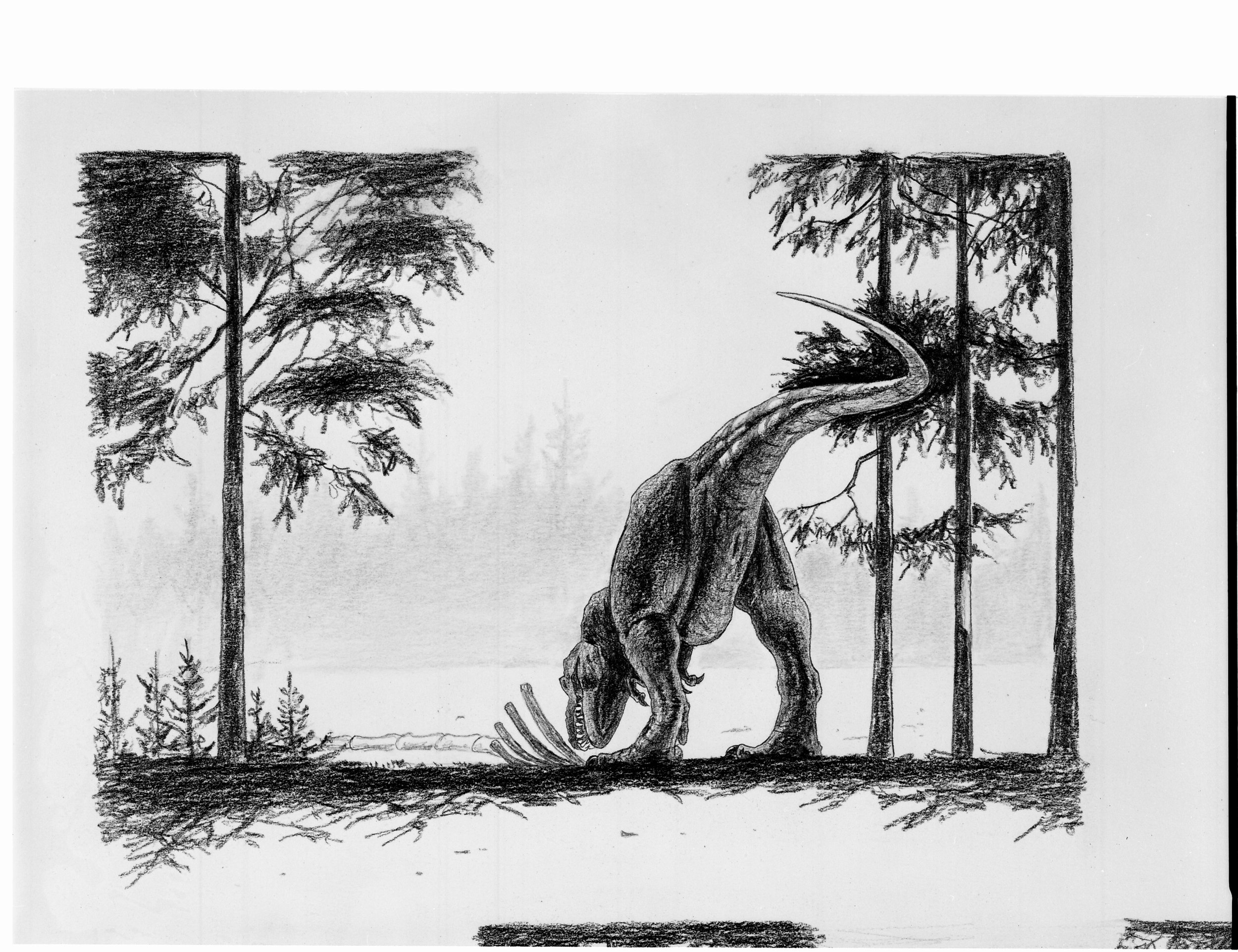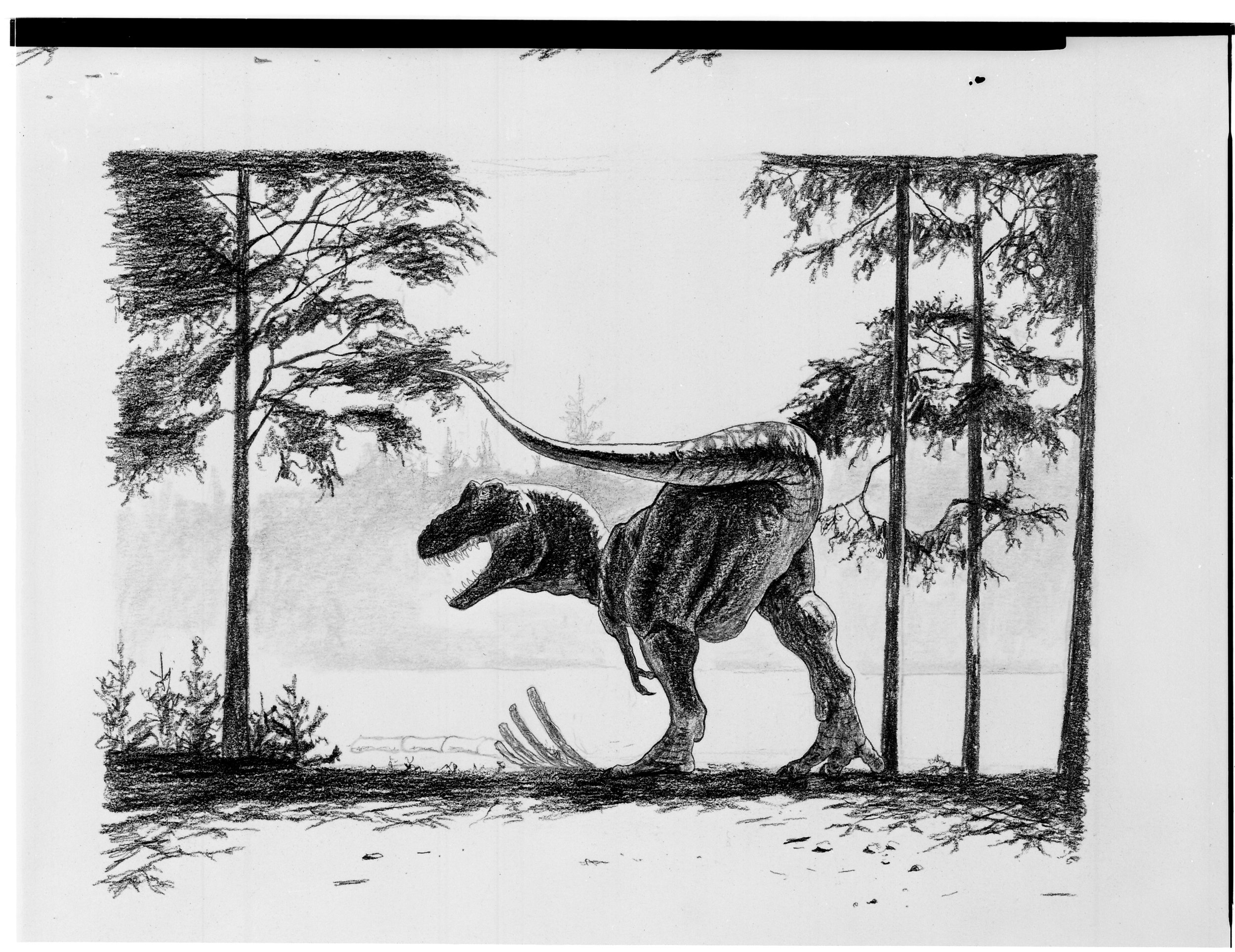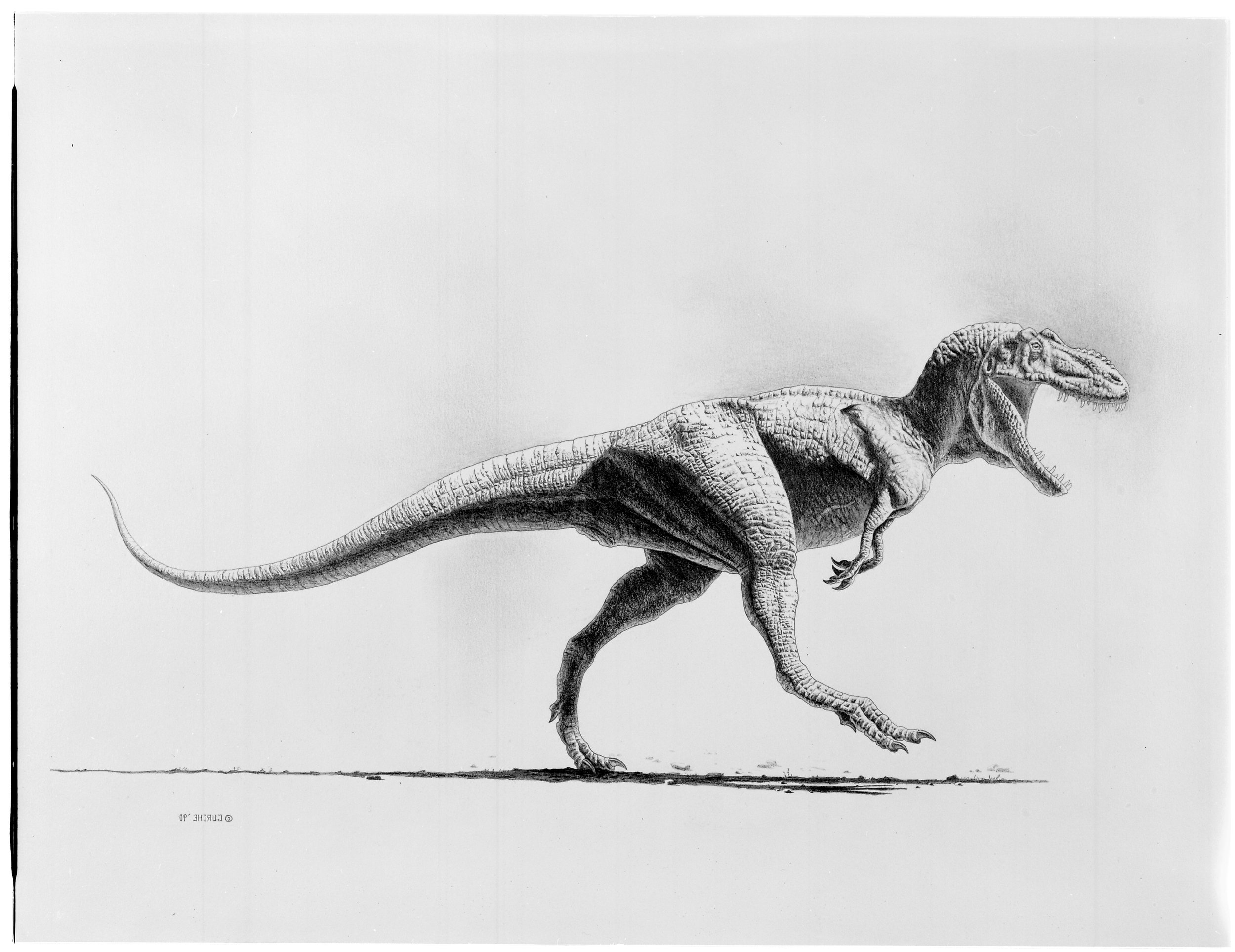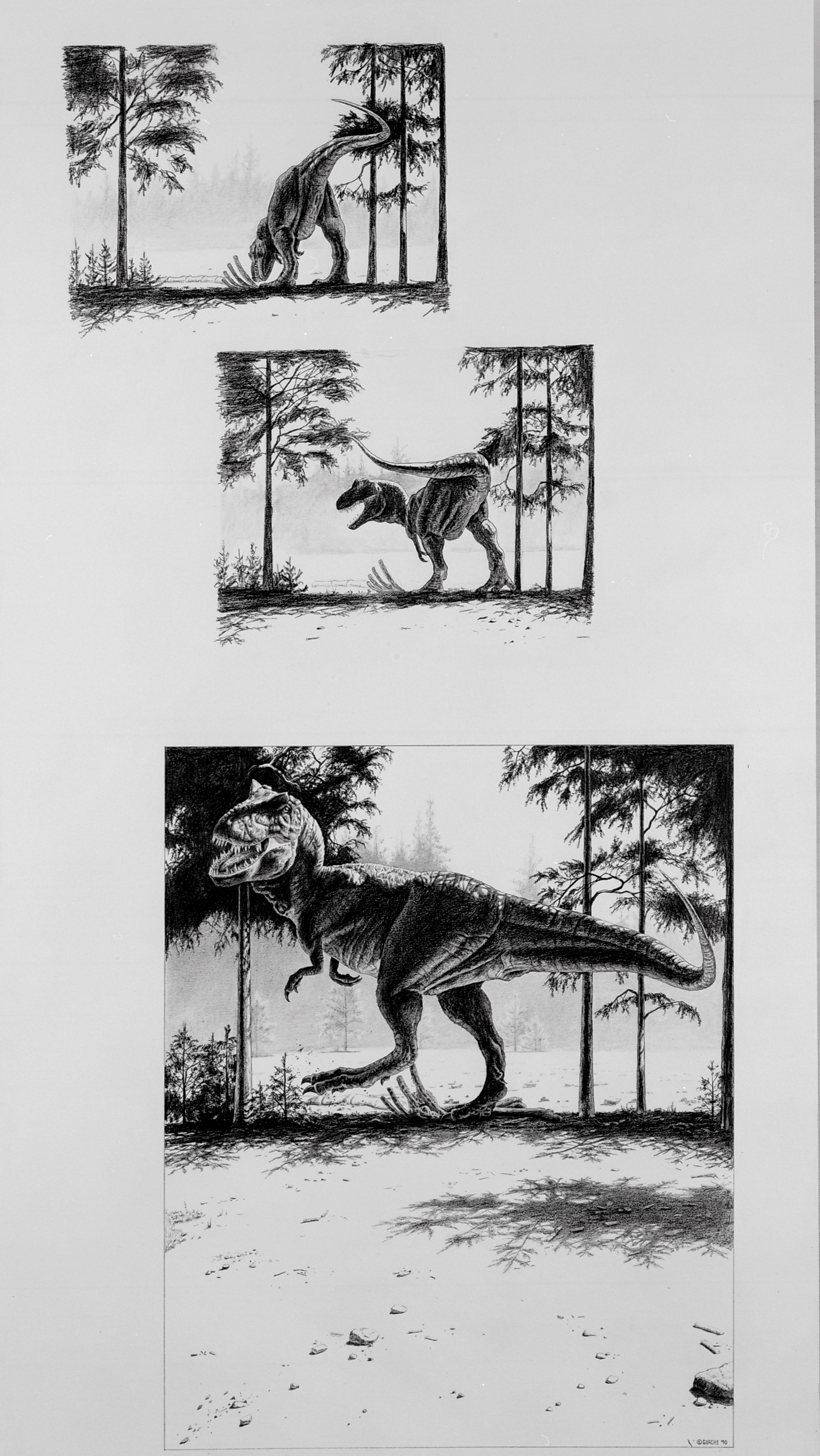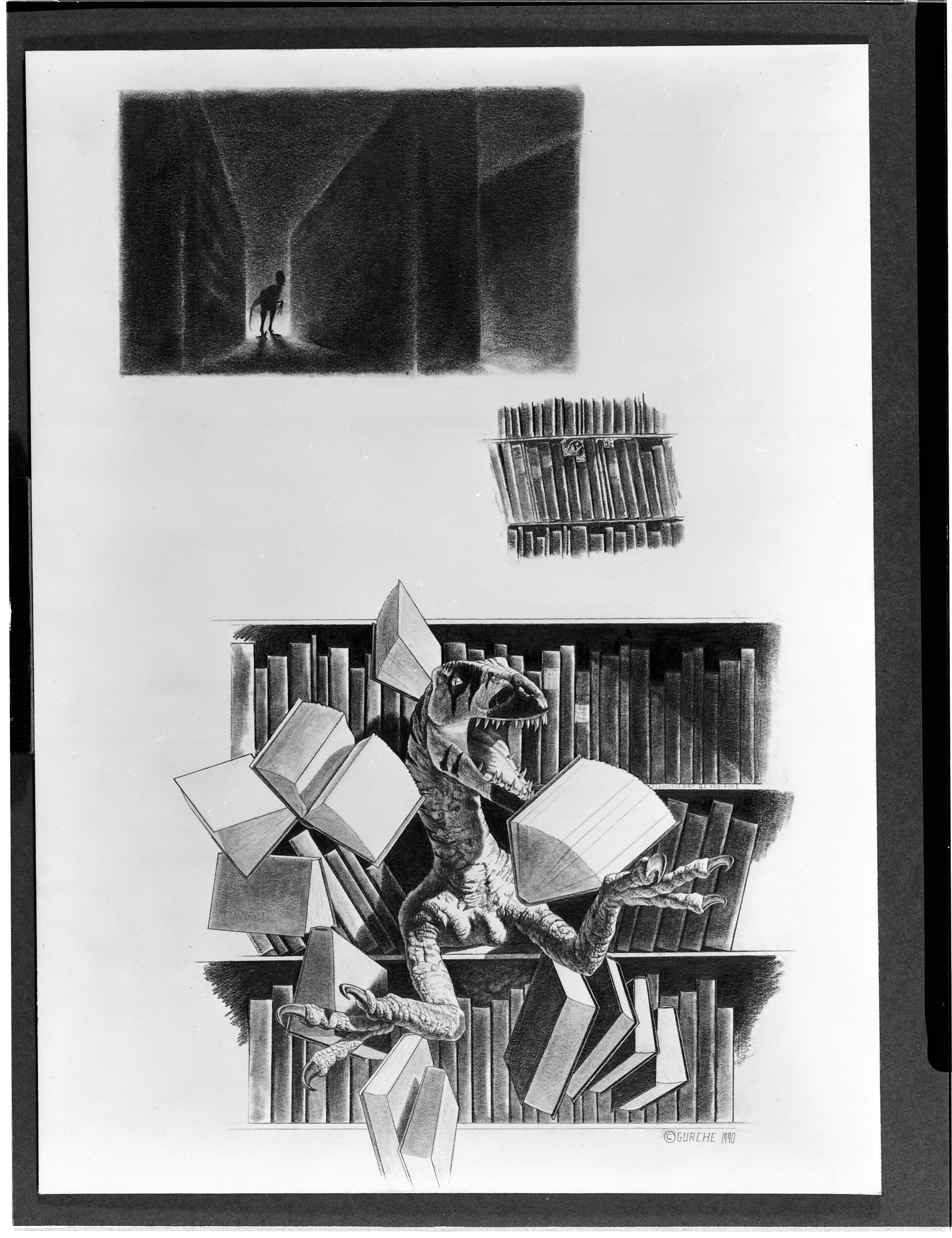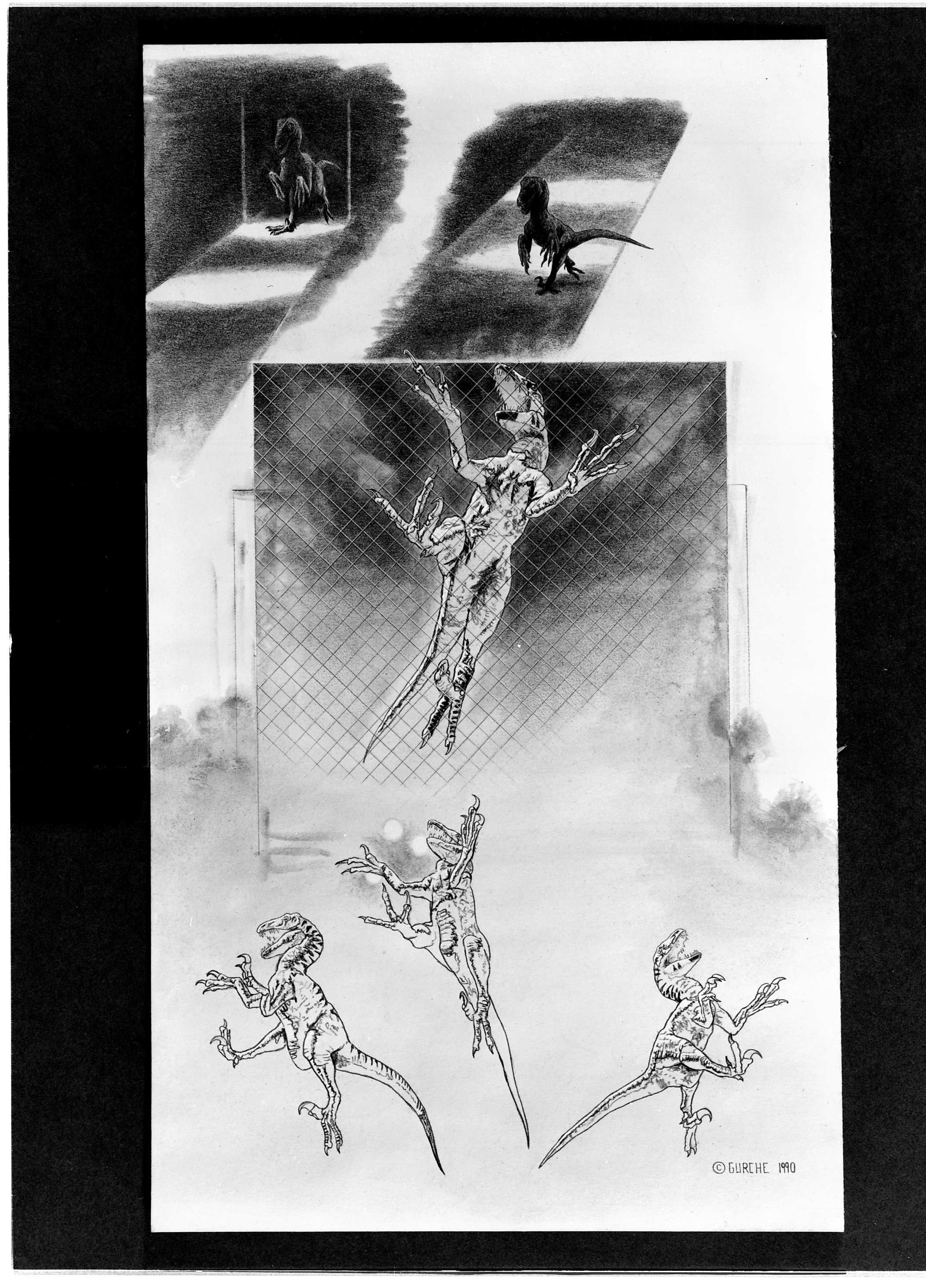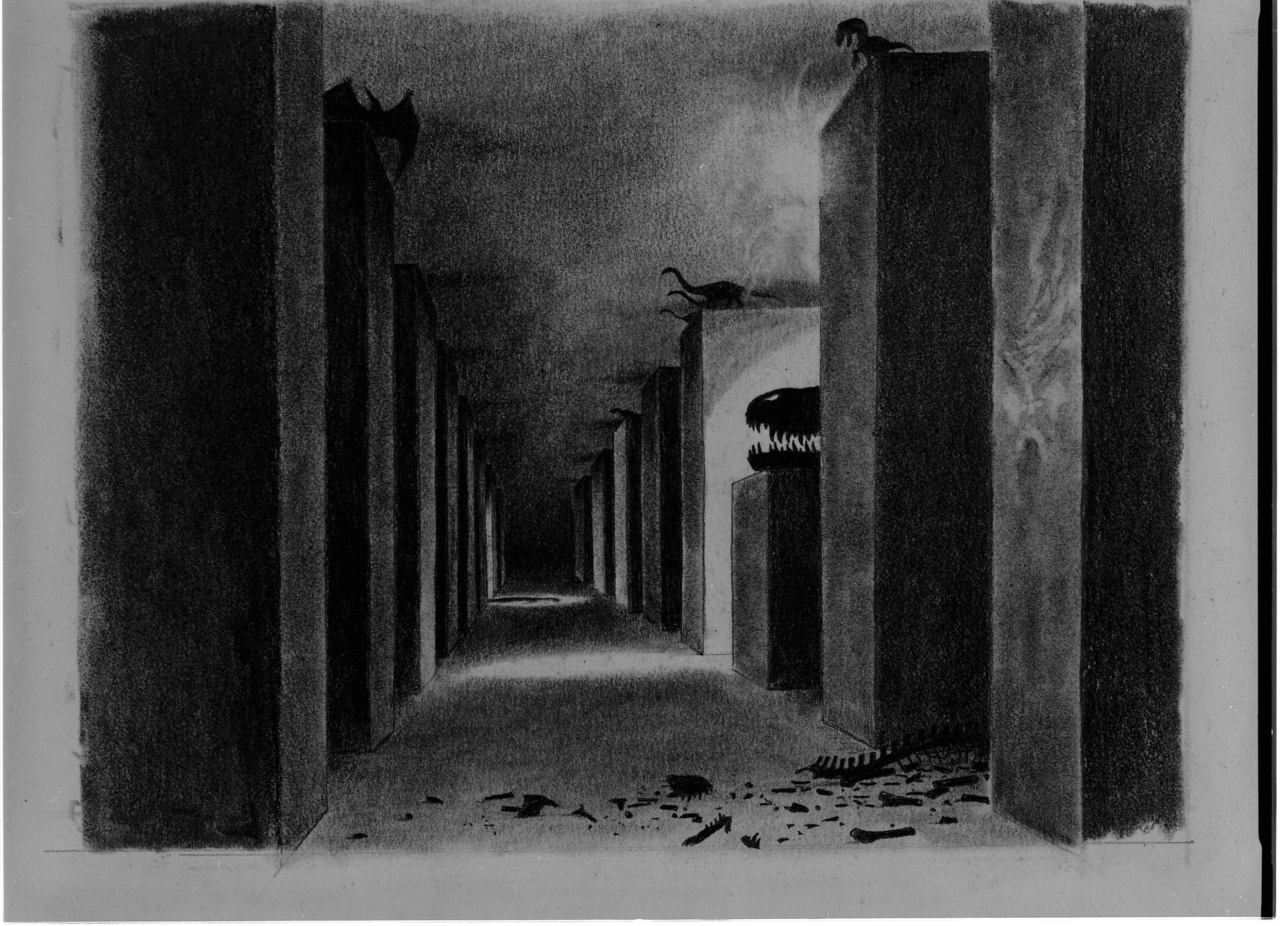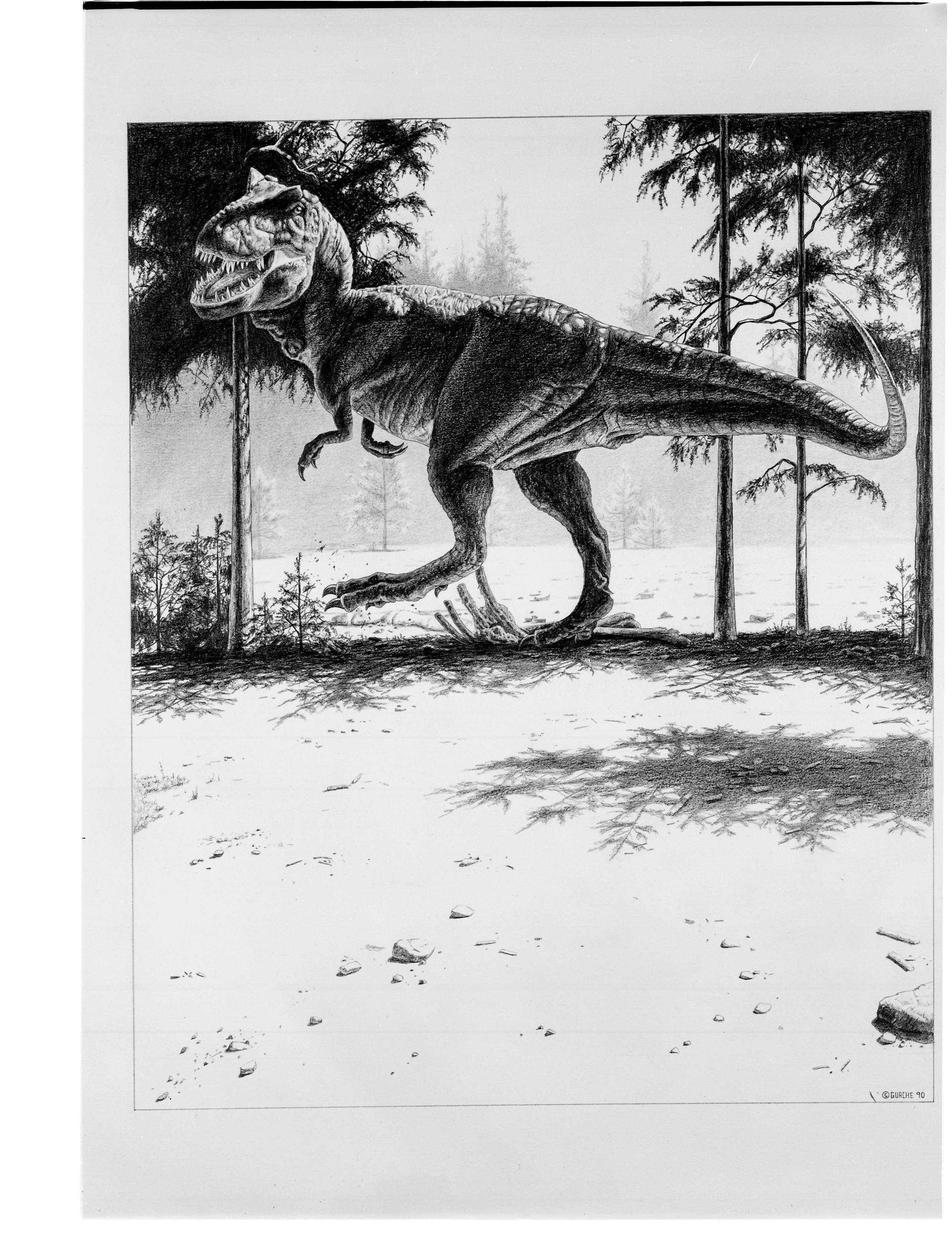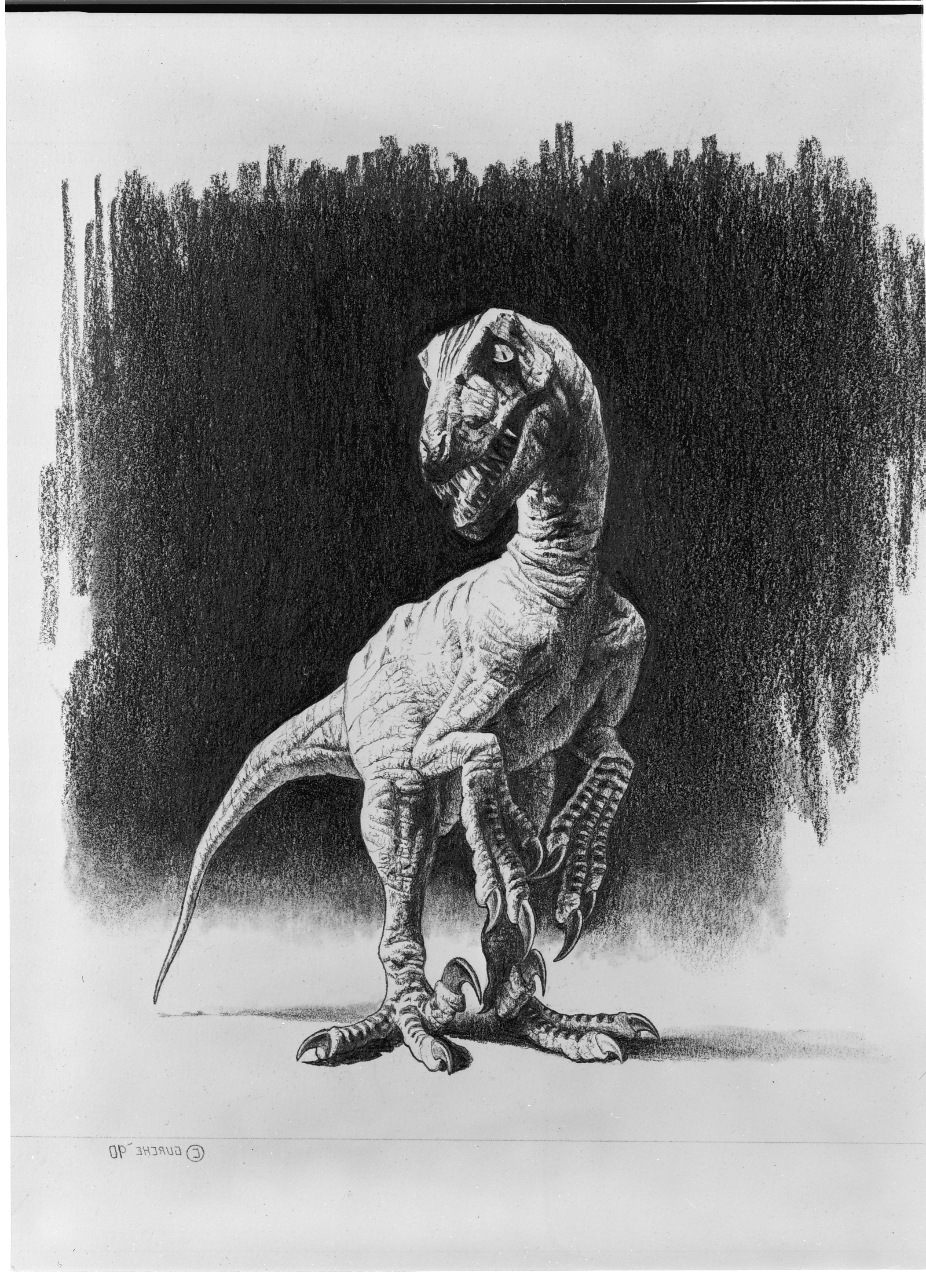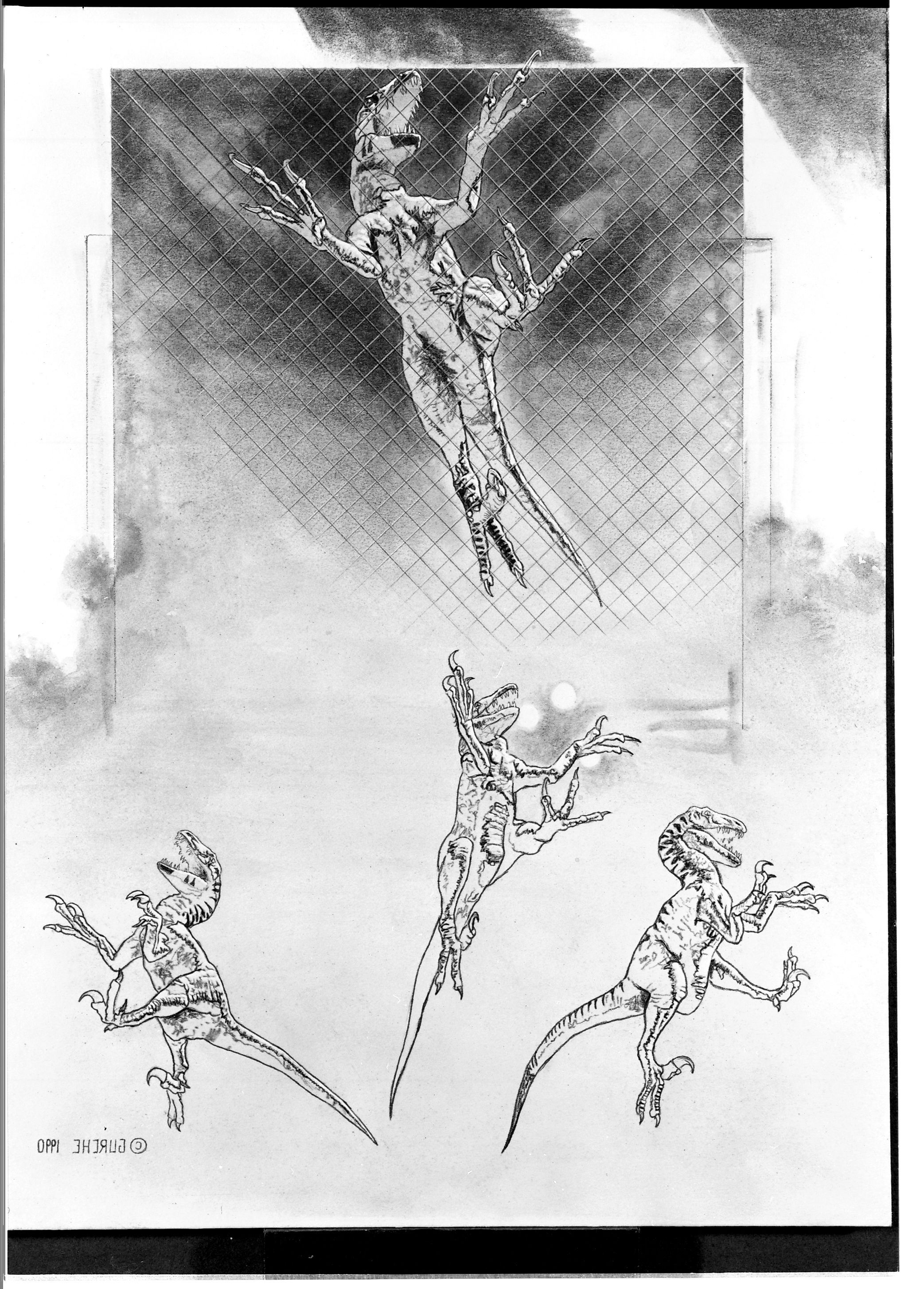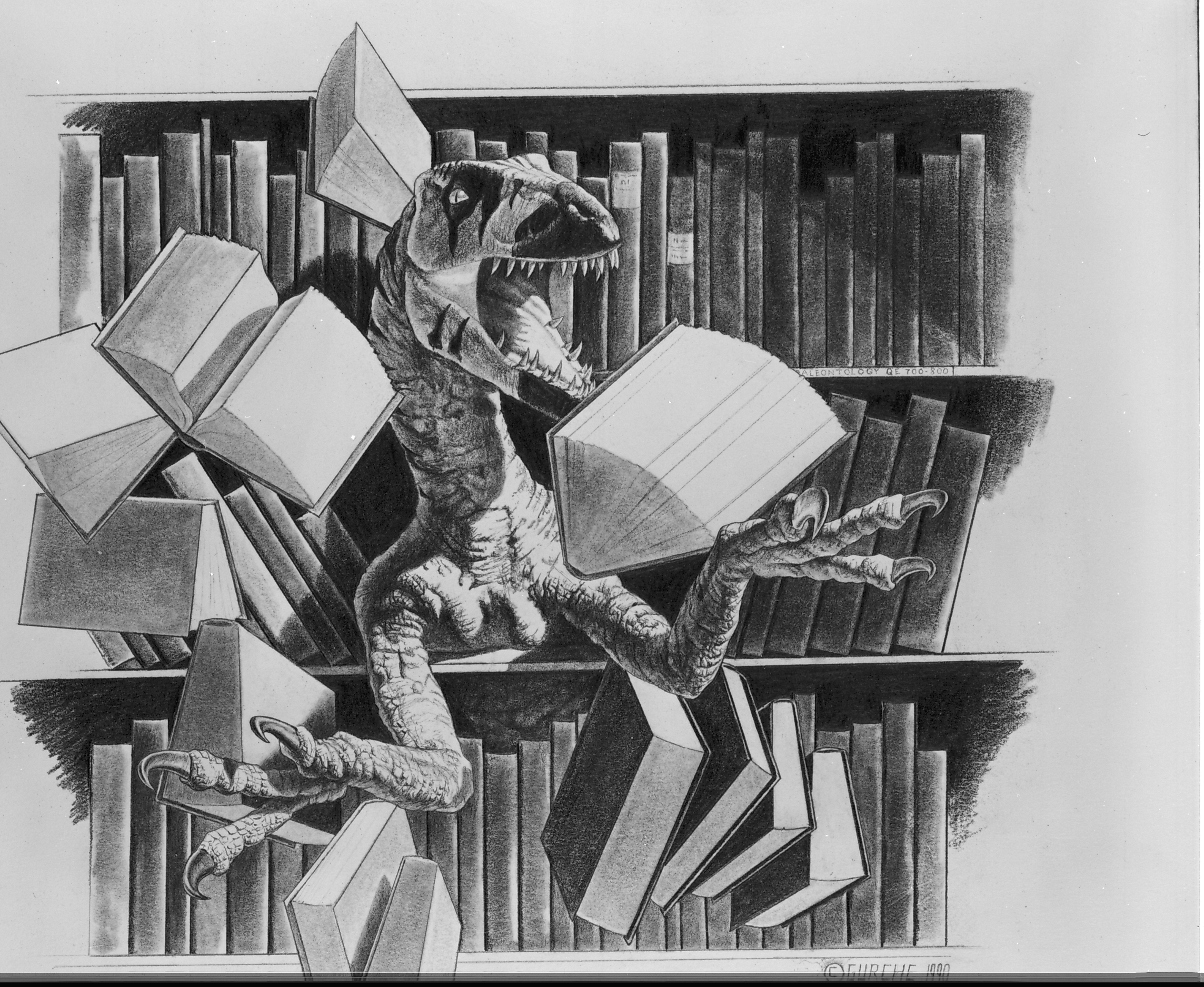About the Artist
In my forty-year career, I’ve been fortunate to have experiences that were once beyond my wildest dreams. Being sent by National Geographic Magazine to Kenya to search for human ancestors with the Leakey family. Standing in the cave of Lascaux where ancient artists once worked their magic. Studying fossils of ancient humans in east and South Africa, the Republic of Georgia, and various European institutions. Even having my fingers six inches inside the noses of dead gorillas as I performed careful dissections of their nasal cartilages (warning: this last may not bring everyone the joy it brings me).
My motivation for creating reconstructions of ancient hominins is to convey a sense of beings that were once alive. Not merely dry bones that reside in a museum vault, but individuals that once felt joy and sorrow, pain and love.
Although some aspects are speculative, this kind of work has to have the best science behind it in order to mean anything to the viewer. In completing a reconstruction, I follow a 120 page worksheet full of data from thirty years of great ape and human dissection, as well as study of original fossils. Only with such scientific backing can there be confidence that the face being created is very like the original that once looked out on the landscape, and that in turn has tremendous aesthetic power.
The results include fifteen sculptures in the Smithsonian’s Hall of Human Origins, reconstructions in twelve issues of National Geographic Magazine (including three covers), and work in museums and publications around the world.
Hominin reconstructions
National Geographic Covers
UNVEILING A NEW SPECIES
The Harbin Cranium
The Harbin Cranium was discovered by a bridge crew worker in China in 1933, but was hidden from Japanese authorities in a well for decades. In 2018, the skull’s discoverer, then on his death bed, revealed the secret to his grandchildren, who gave it to Chinese scientists. This individual lived at least 146,000 years ago, during the time of both Neandertals and Homo sapiens, but turned out to be neither. This unique hominin is something new, and its reconstruction is featured on the cover of National Geographic’s February issue, 2025.
Six Million Years of Evolution in 1.5 Minutes
This video was made in promotion of the book Shaping Humanity, and is meant to depict the author and his probable ancestors. It should not be construed to suggest that the pinnacle of evolution is a white male, or that there weren’t other branches of the hominin tree that did not lead to John Gurche.
Reconstruction of Homo naledi
Shaping Humanity
How science, art & imagination help us understand our origins
by John Gurche
Shaping Humanity is about the art and science of reconstructing human ancestors. It chronicles the scientific detective work and artistic struggles behind the creation of 15 sculptures for the Smithsonian's Hall of Human Origins. It's also about the deep-time connections, sometimes almost mystical, that this kind of work can engender.
Lost Anatomies
Evolution of the Human Form
by John Gurche, Abrams Books
The human form has been the subject of intense exploration by artists for centuries. Now, human origins science has extended the field for such exploration by revealing the human form’s precursors. This twenty-seven year labor of love follows the evolving human form through twenty million years of its evolution. With essays by David Begun, Trent Holliday, Rick Potts and Carol Ward, and a foreword by Meave Leakey.
Jurassic Park
Three years before the release of Jurassic Park, I was hired by Amblin Entertainment to create concept art and help design dinosaurs for the film.

